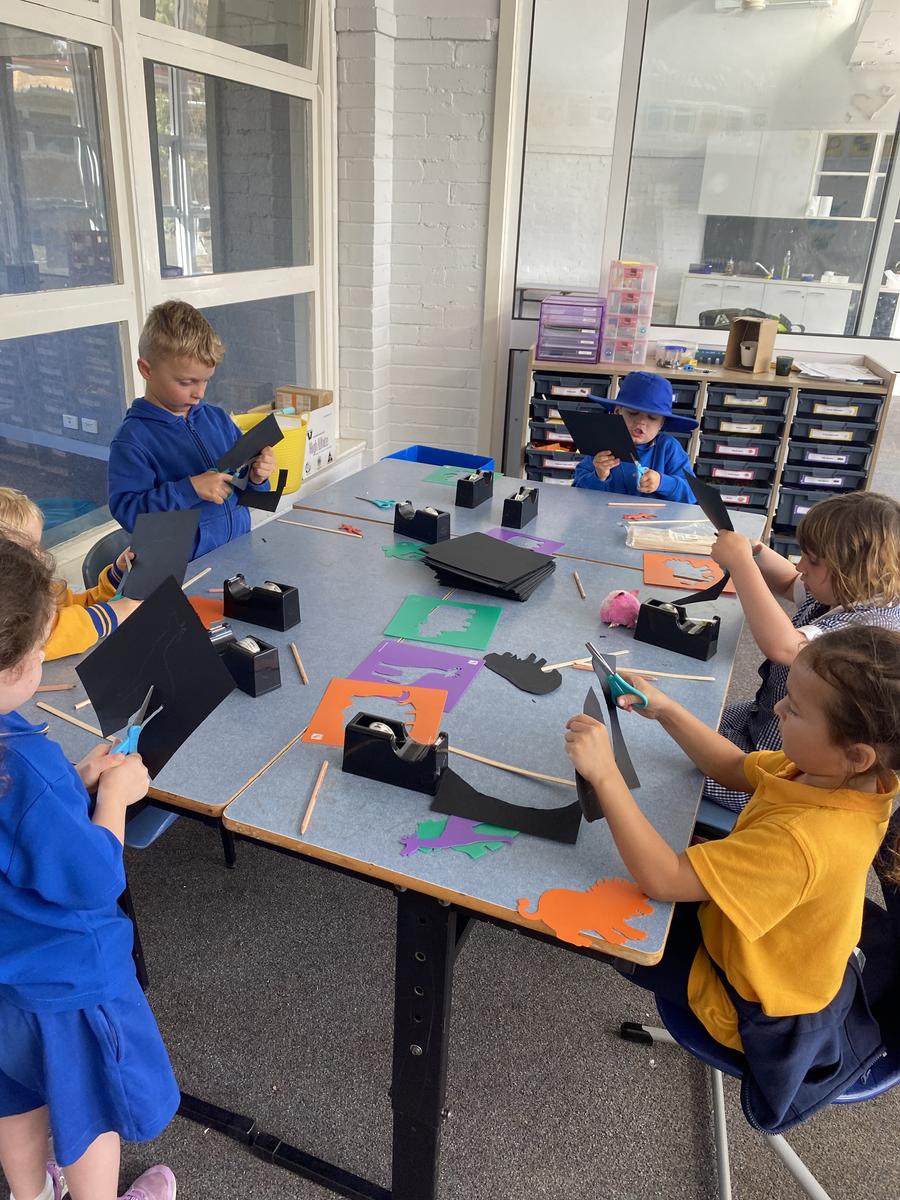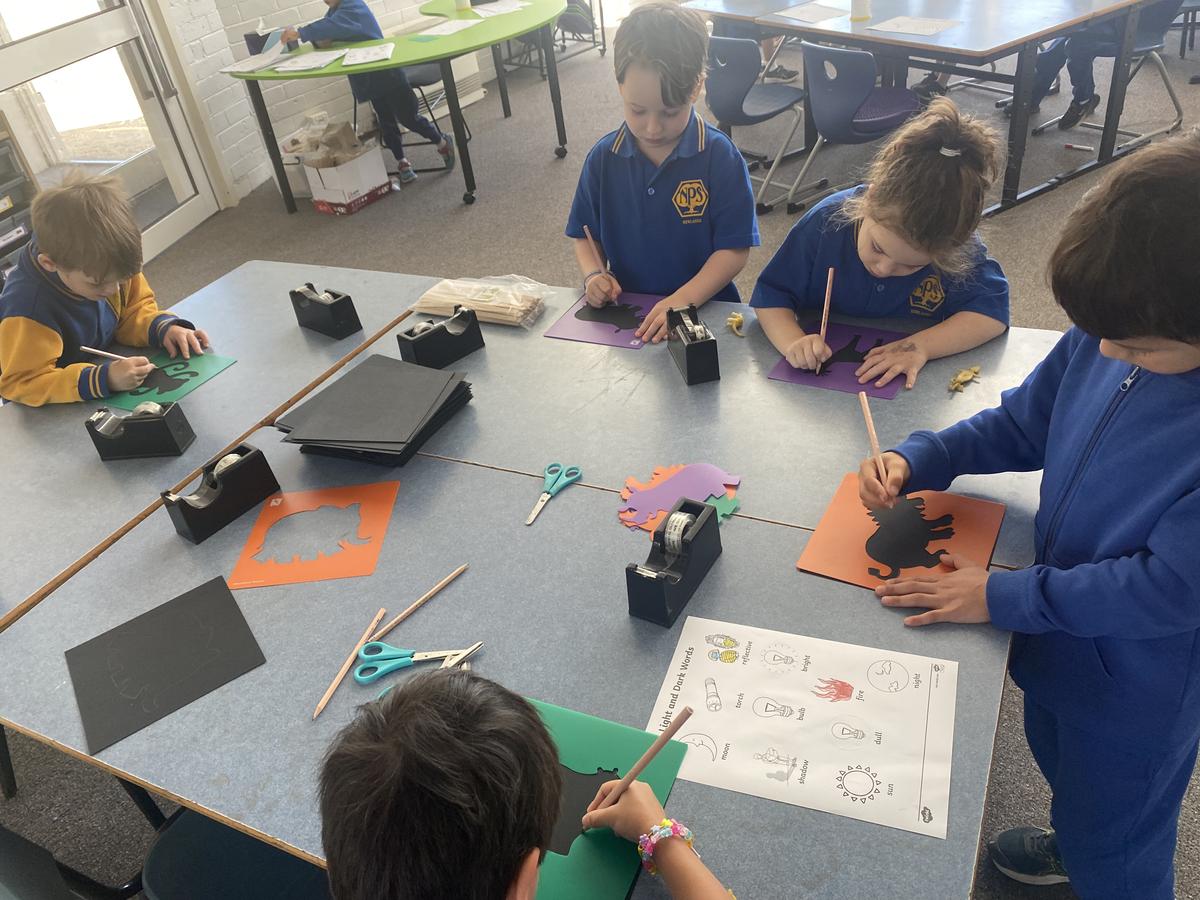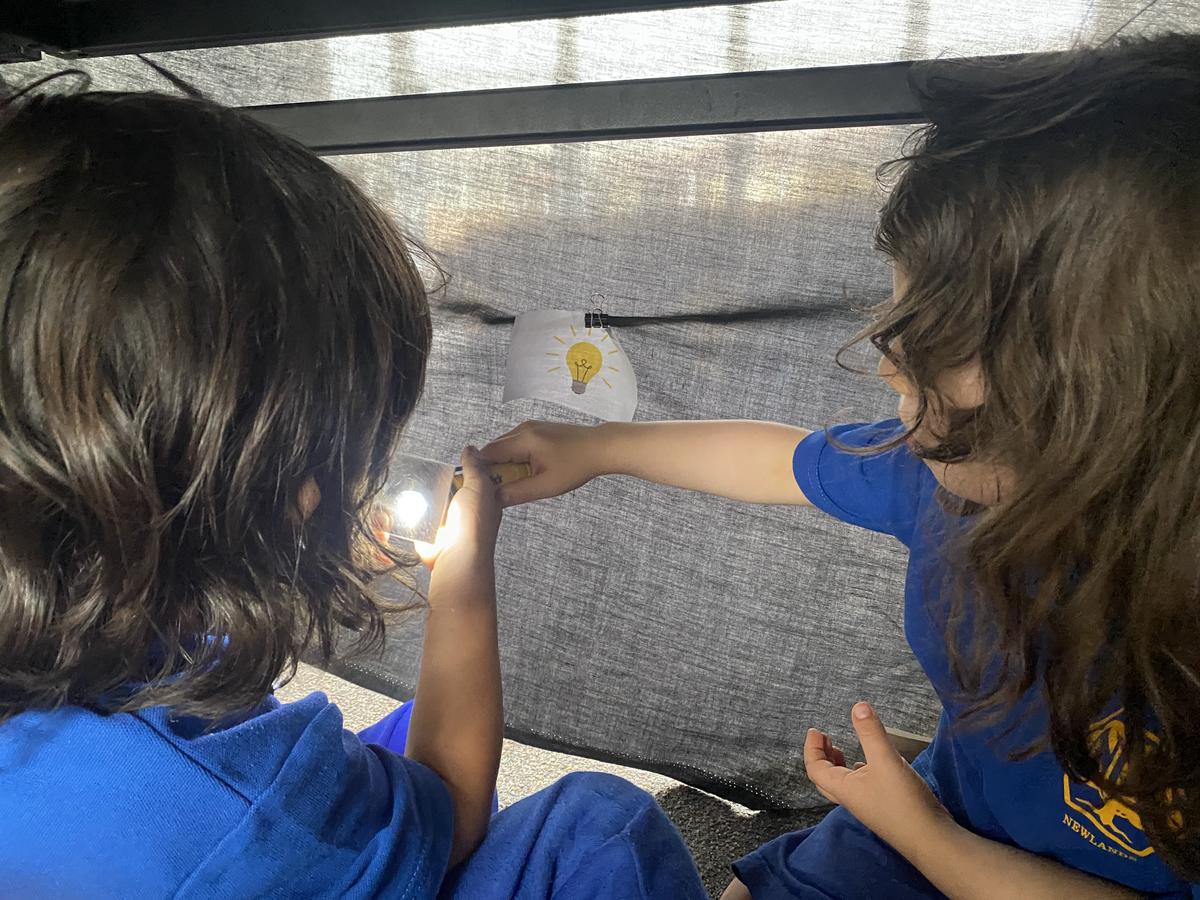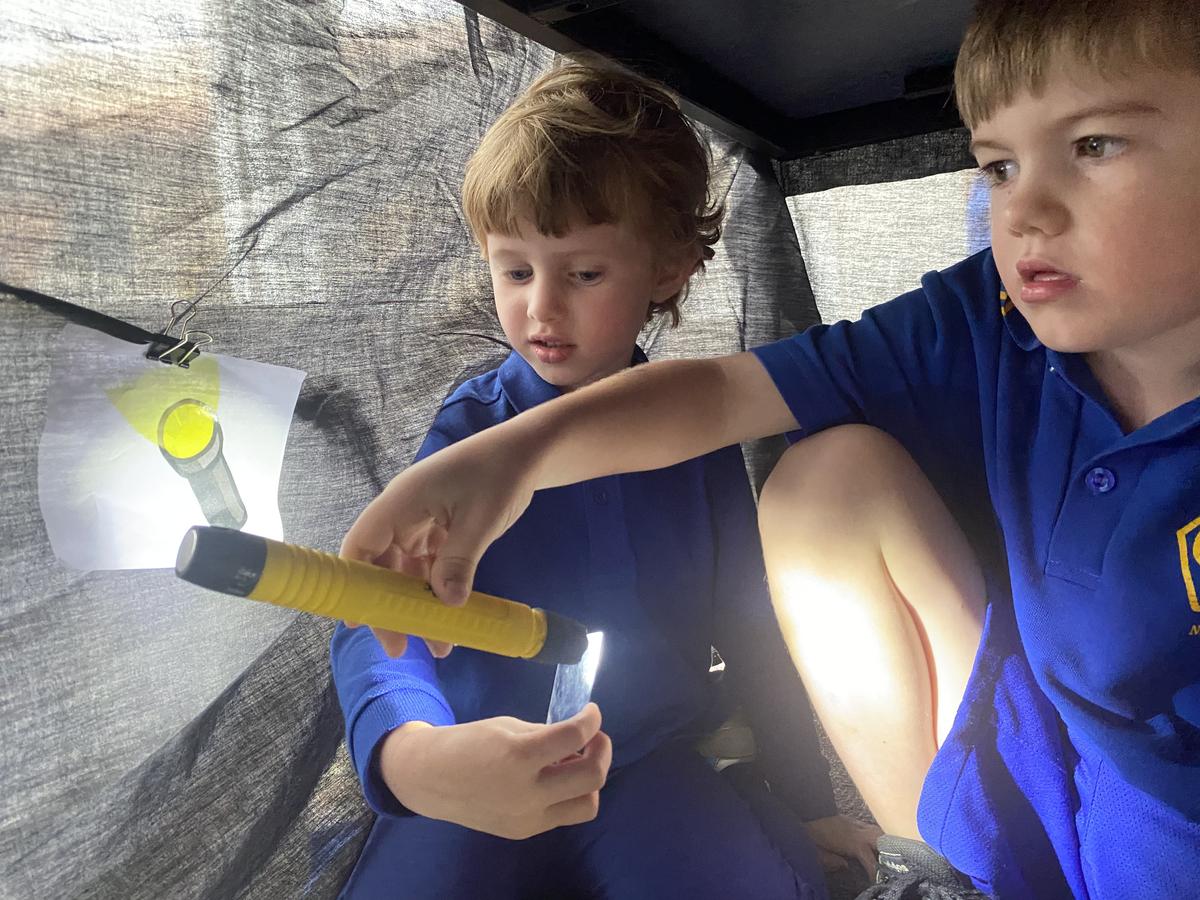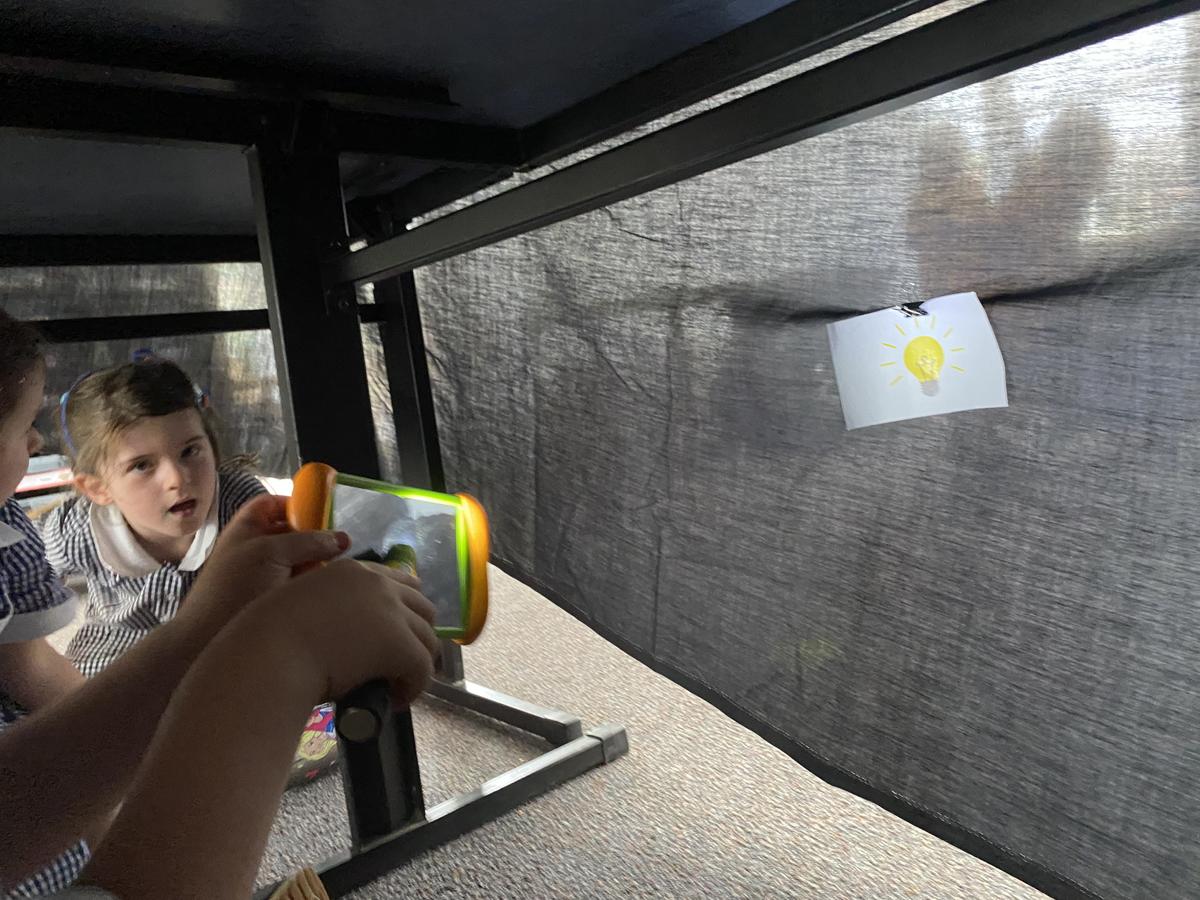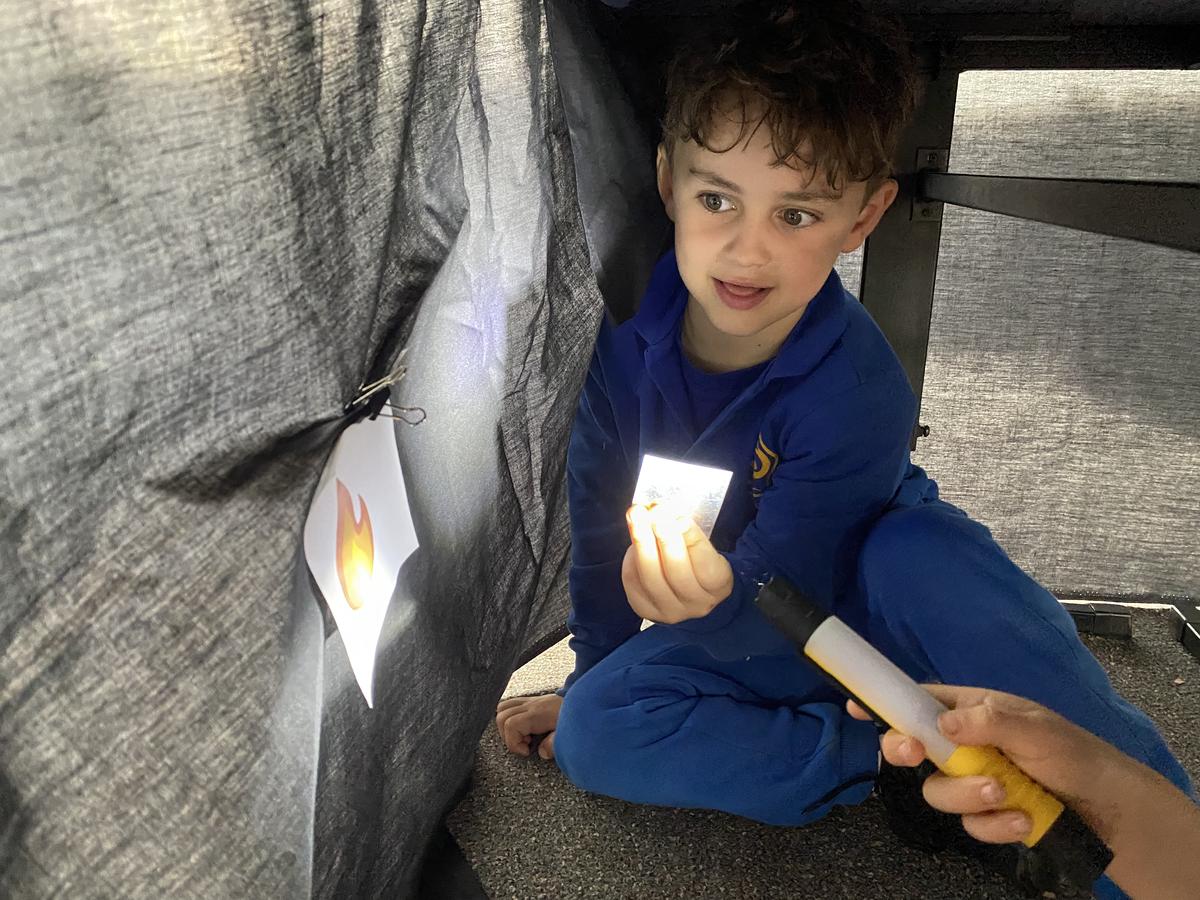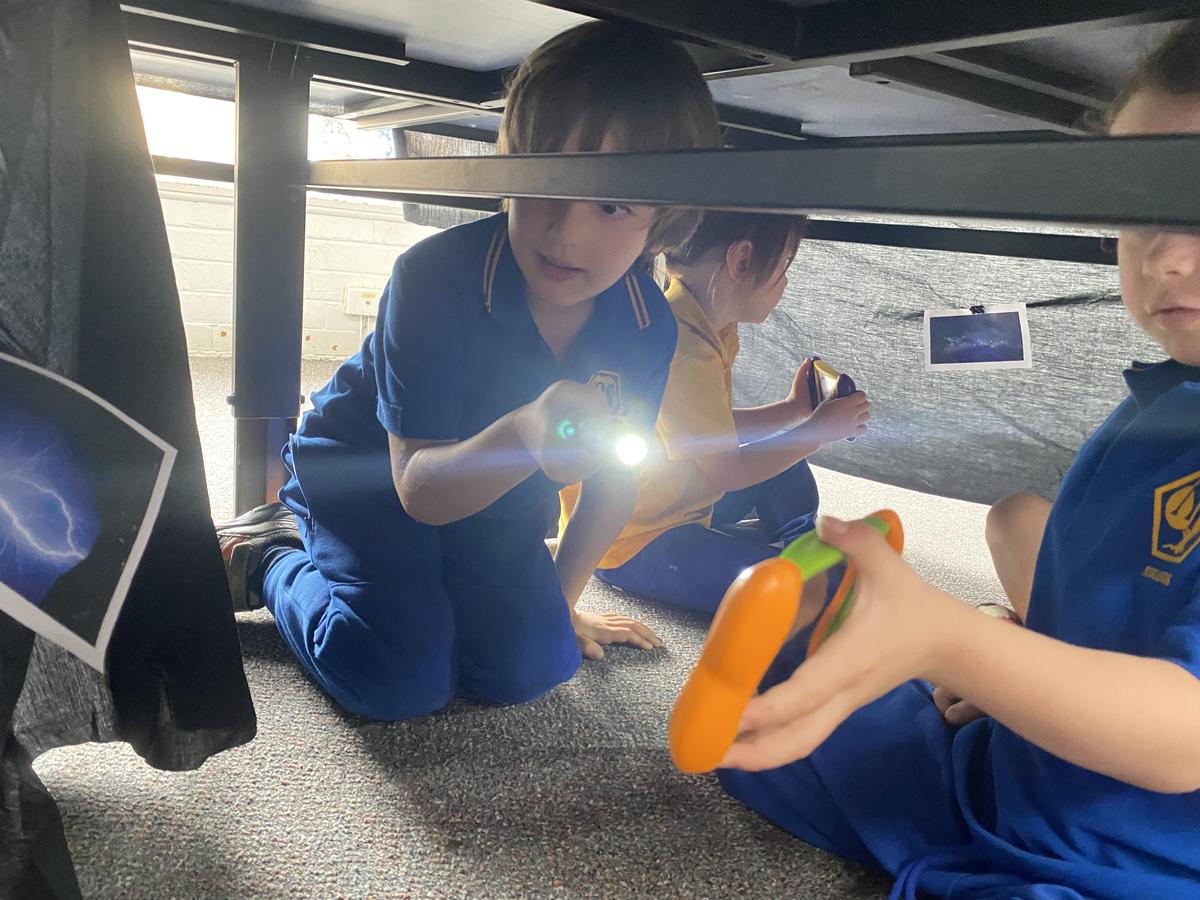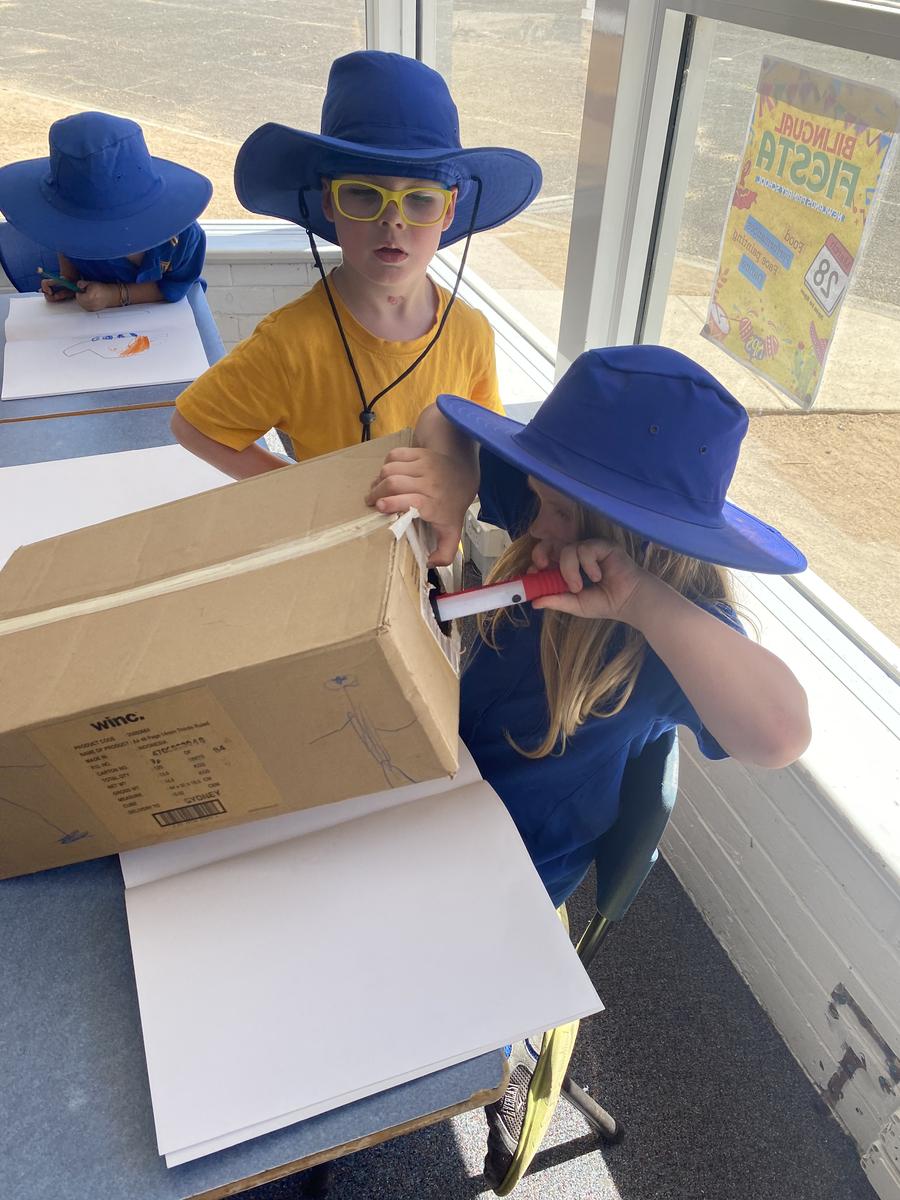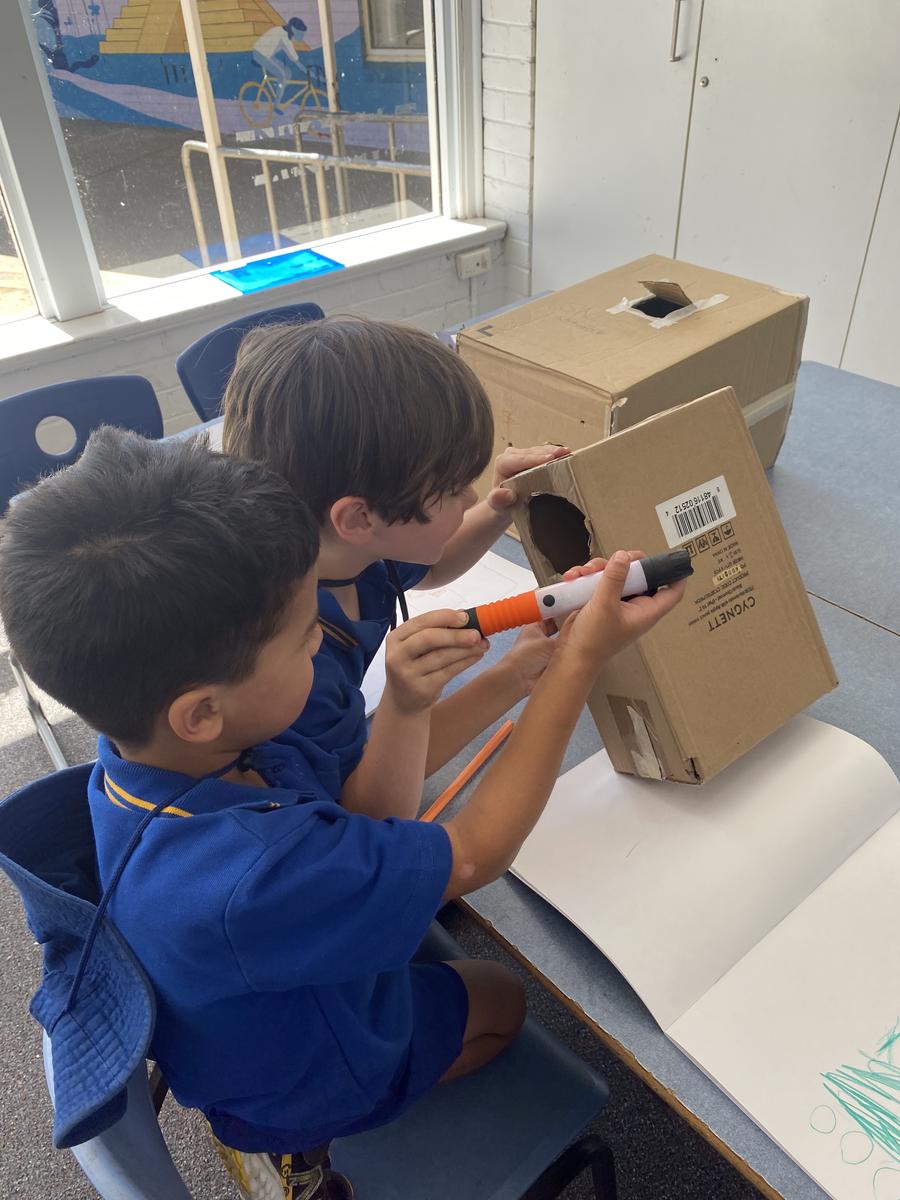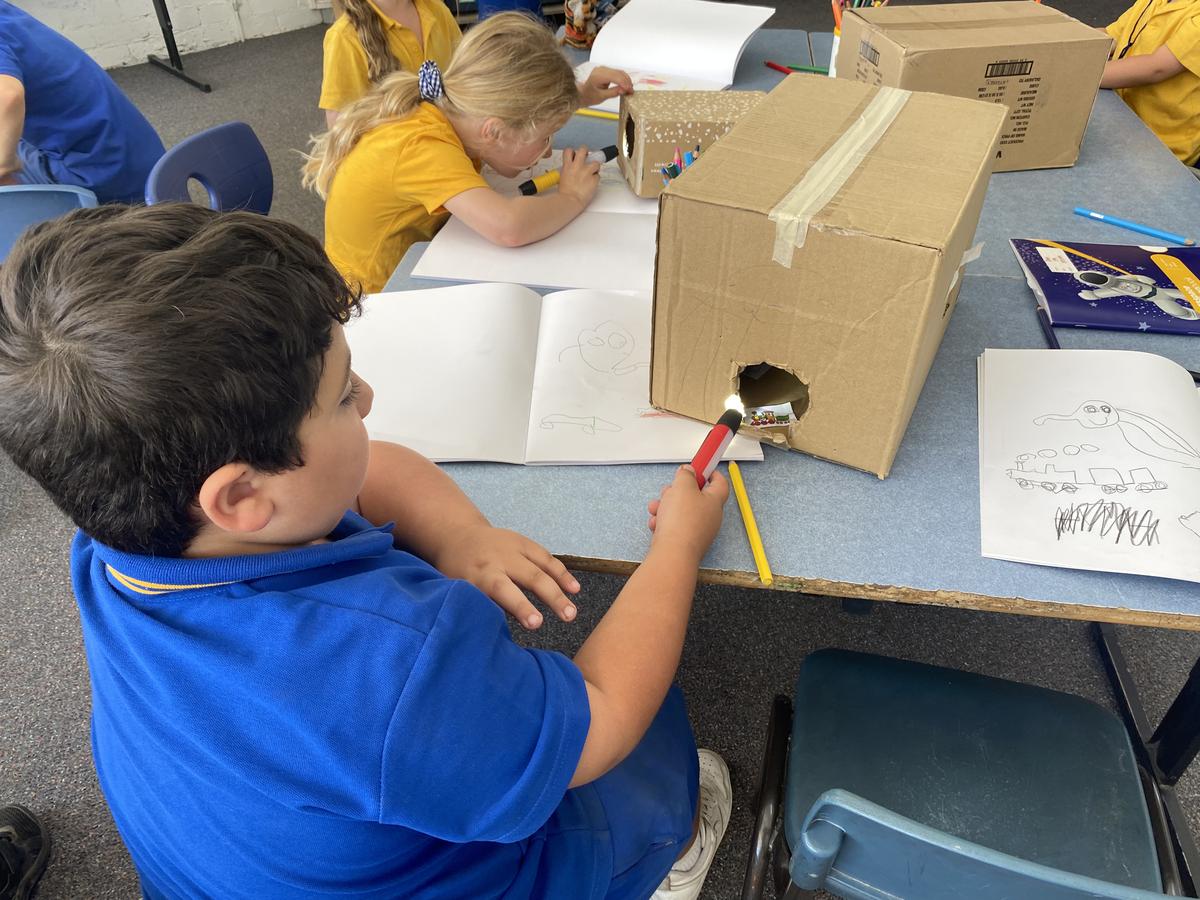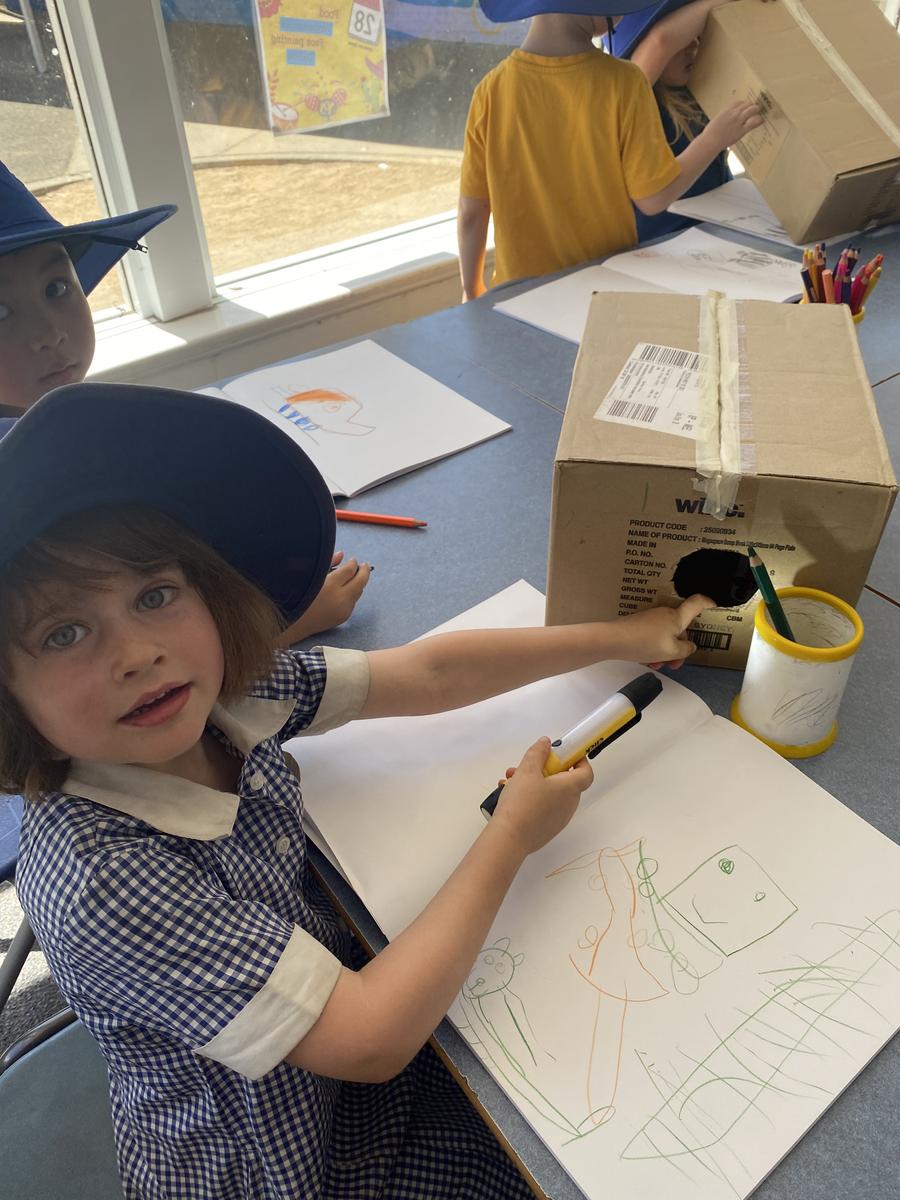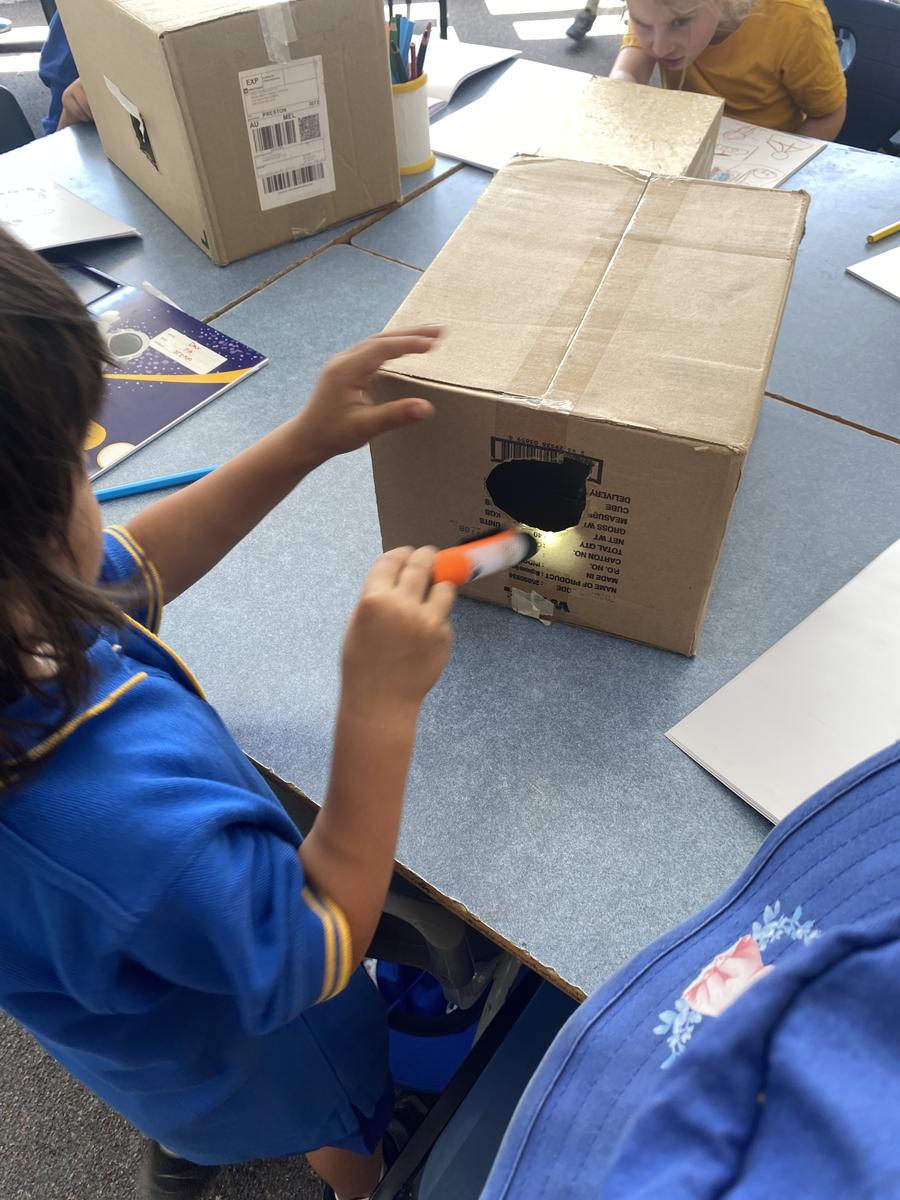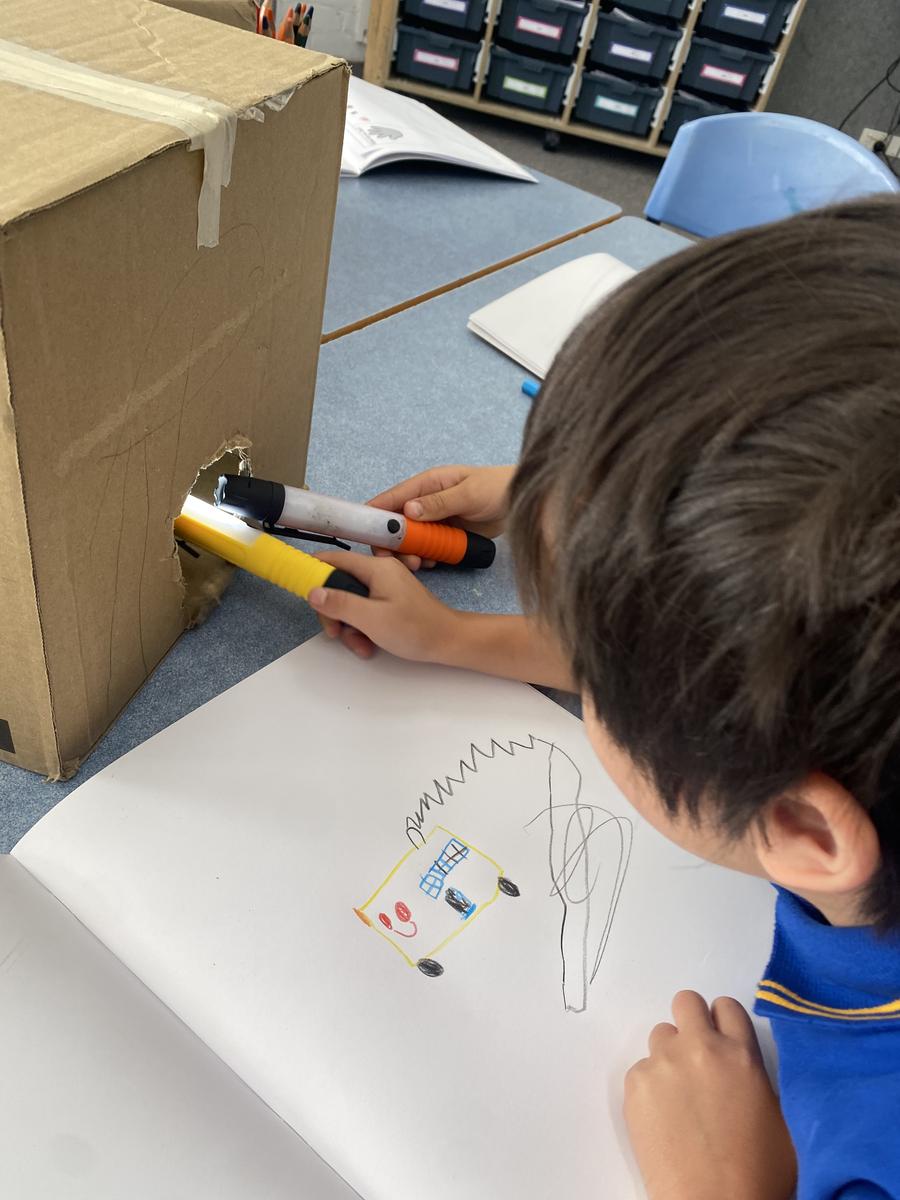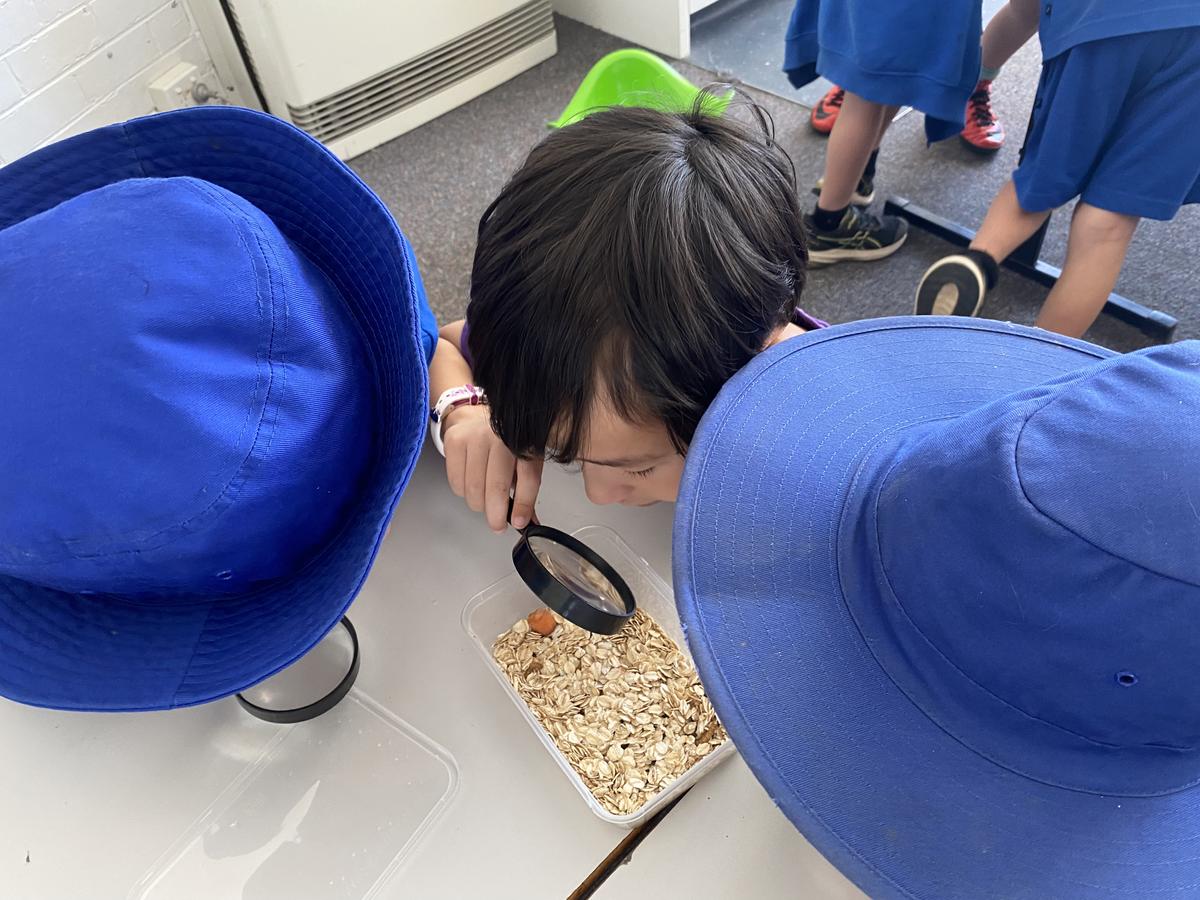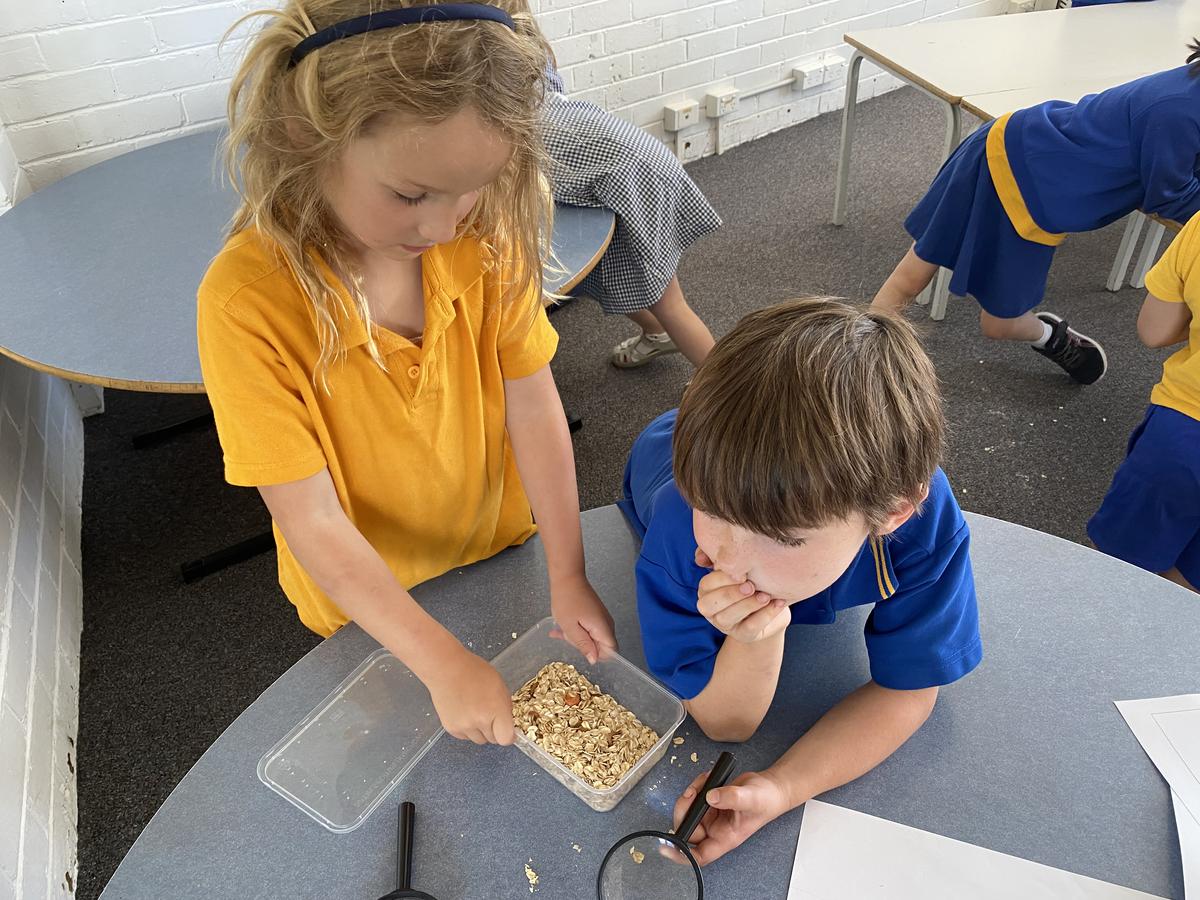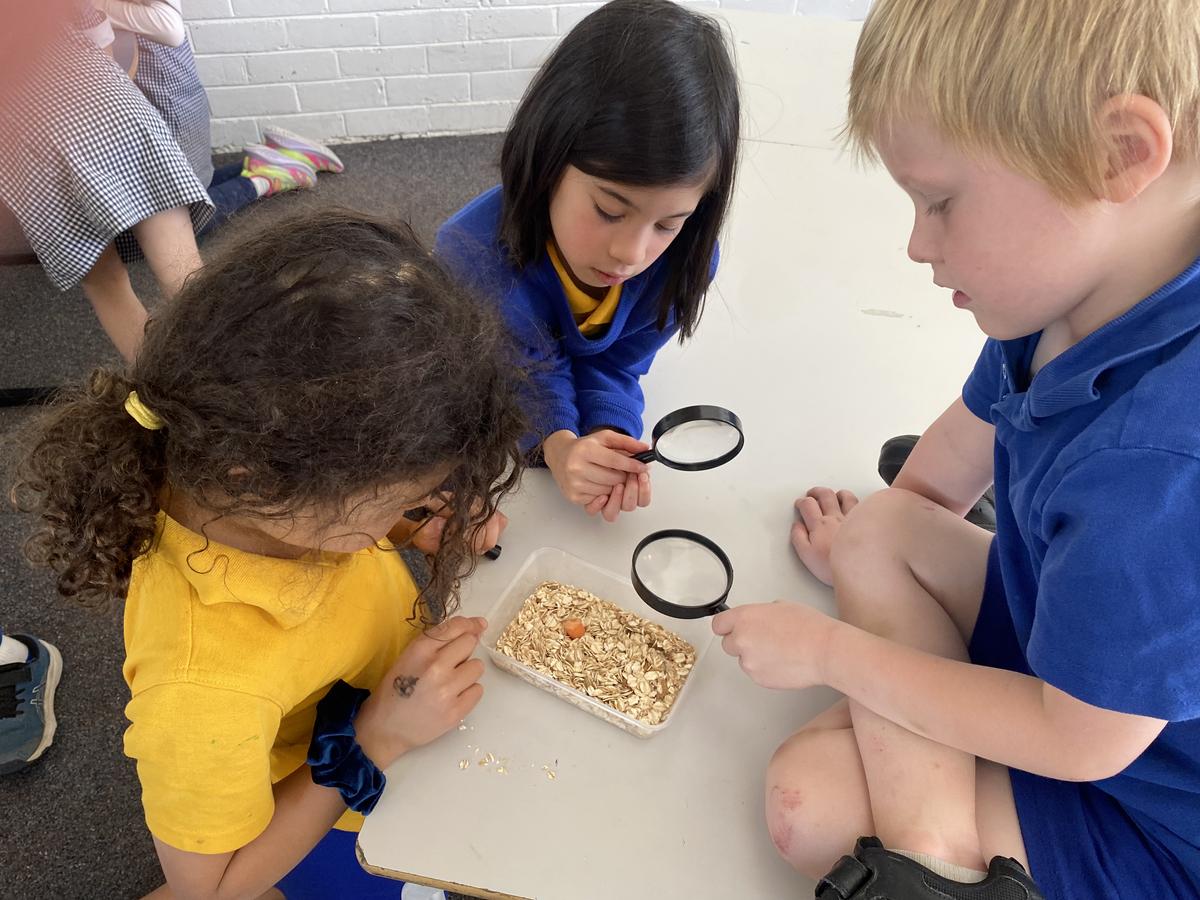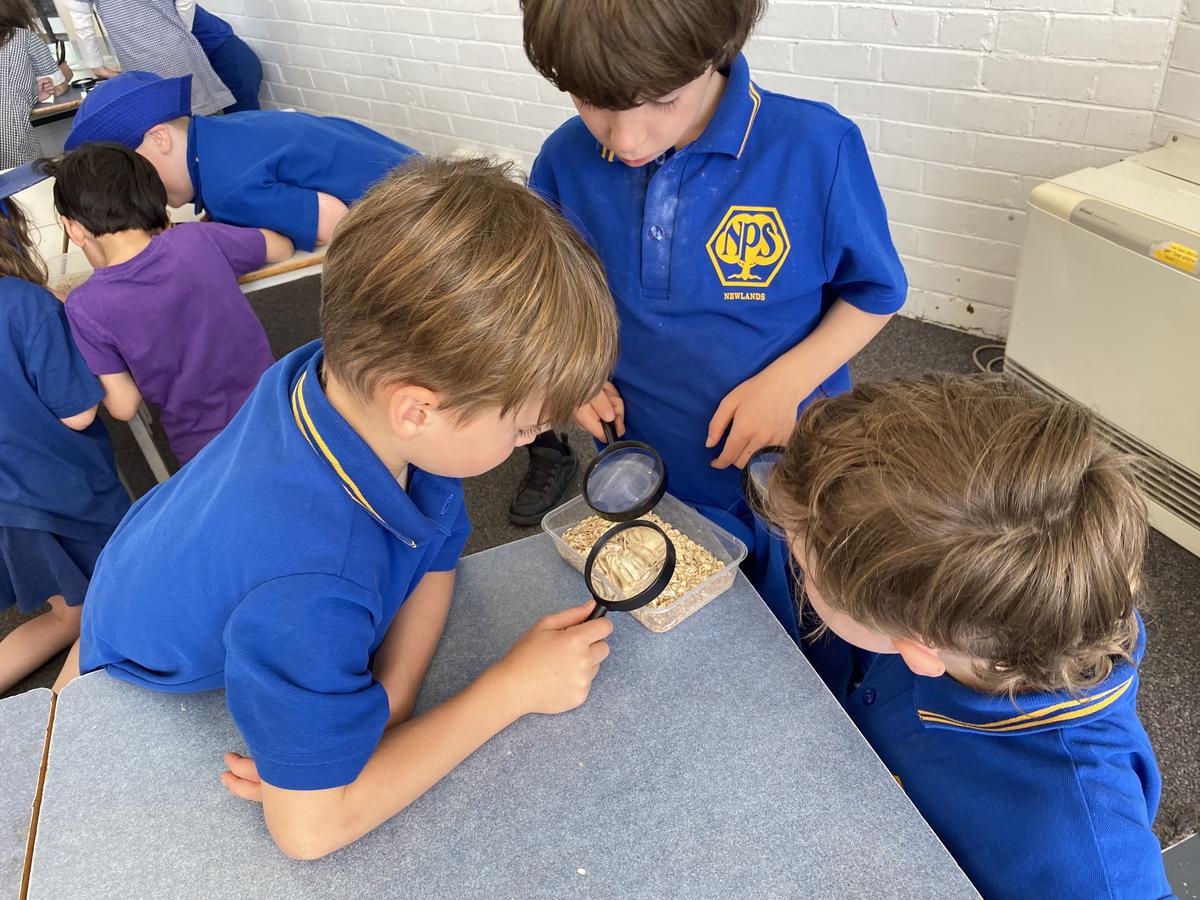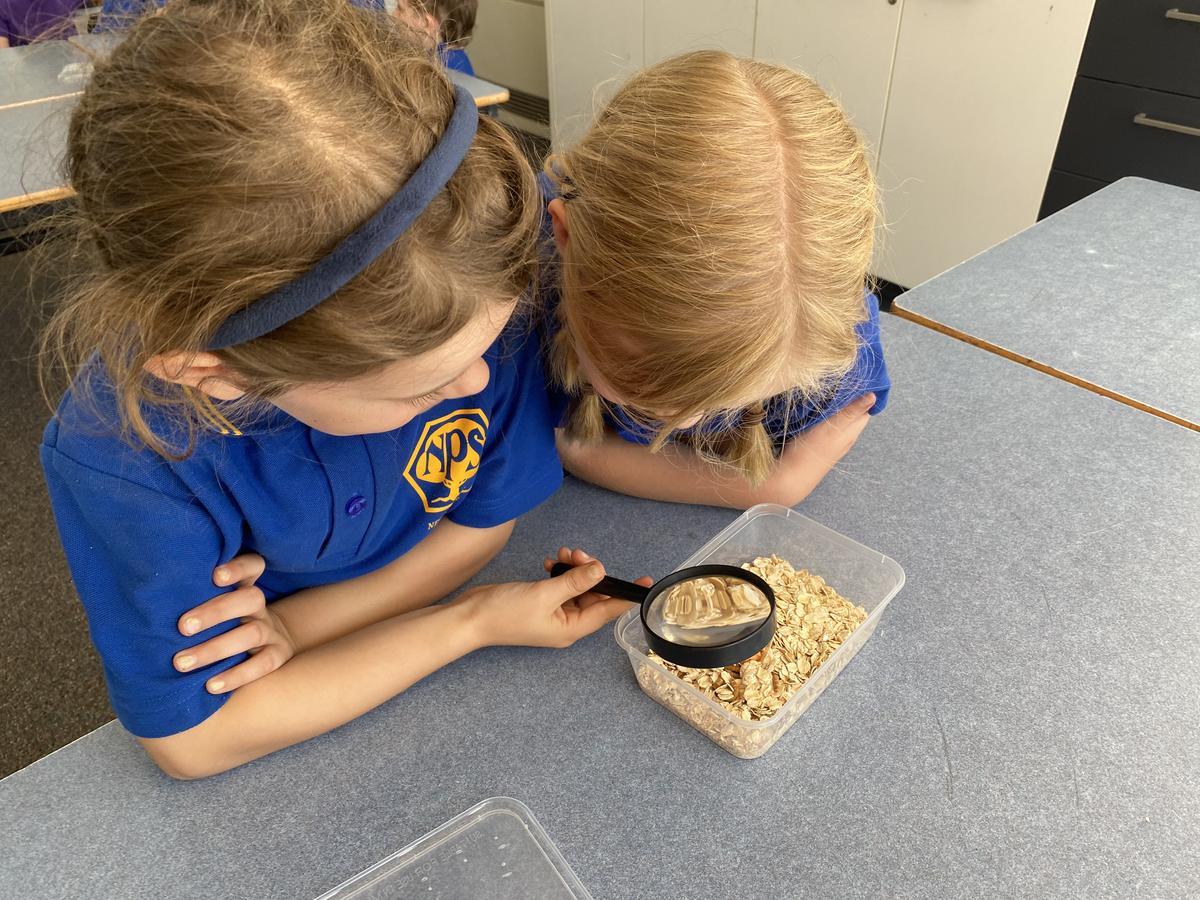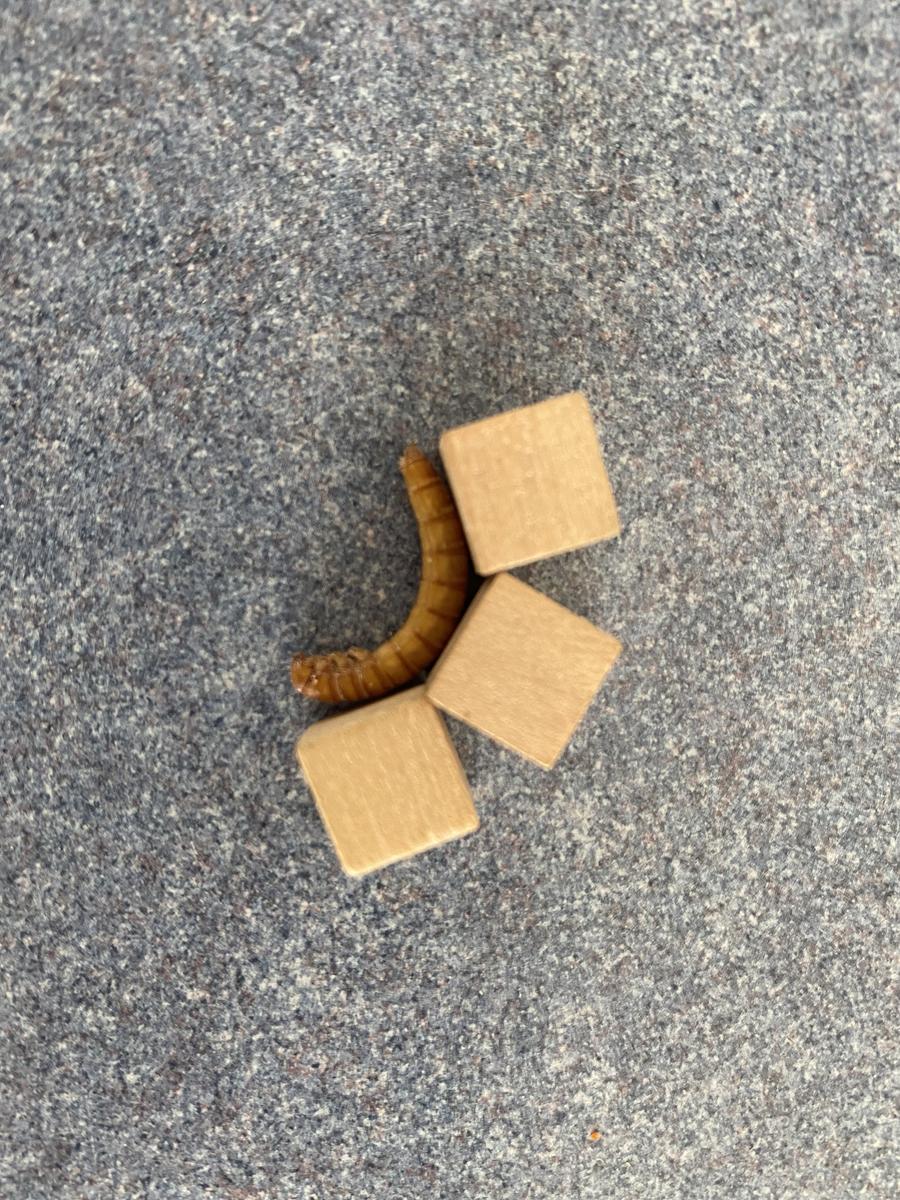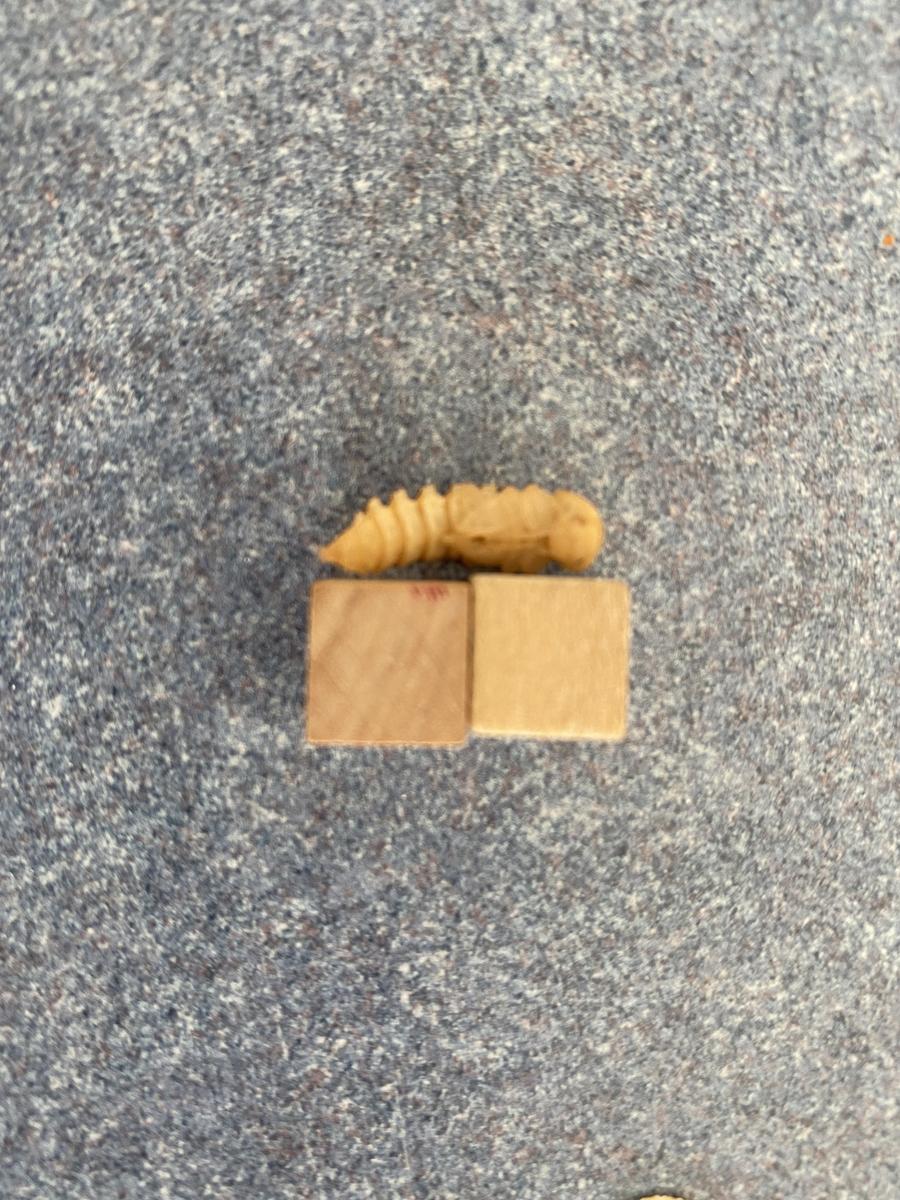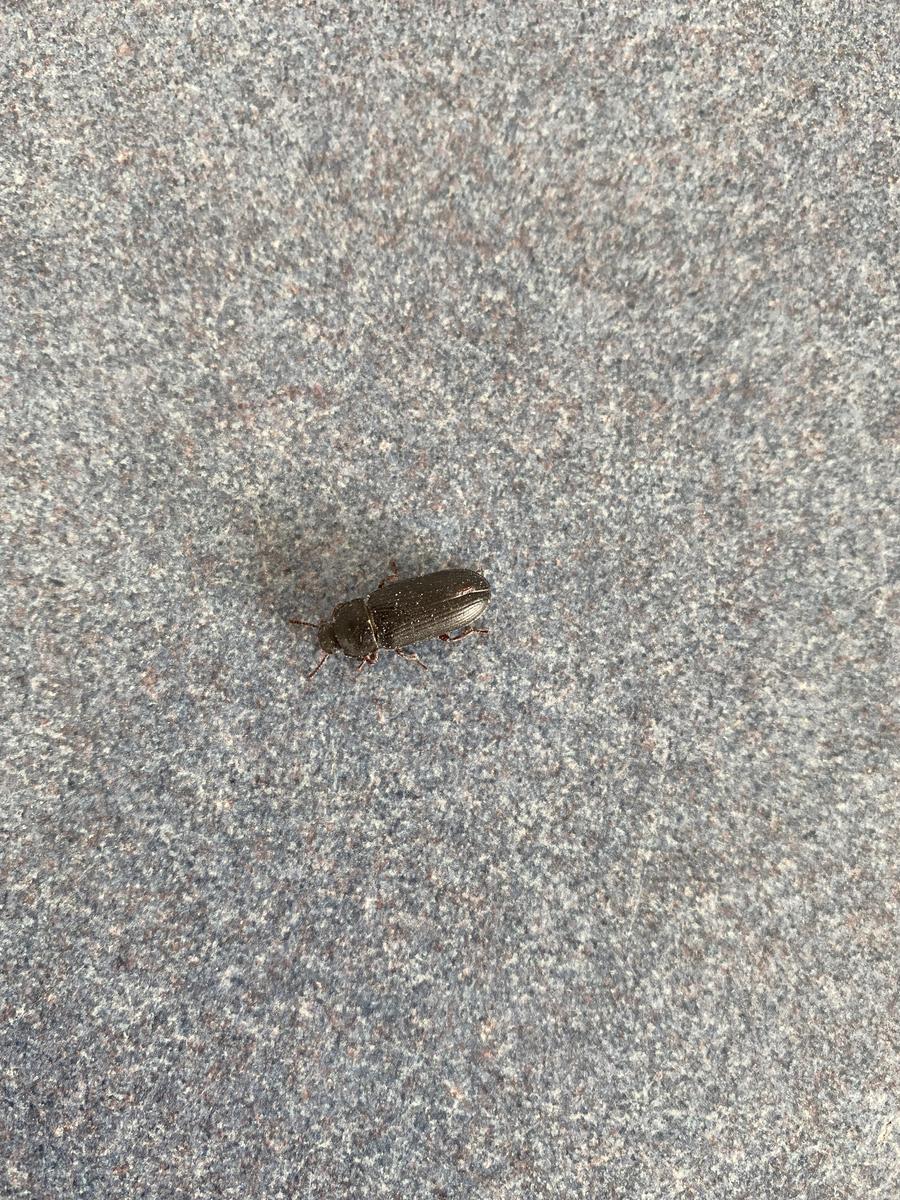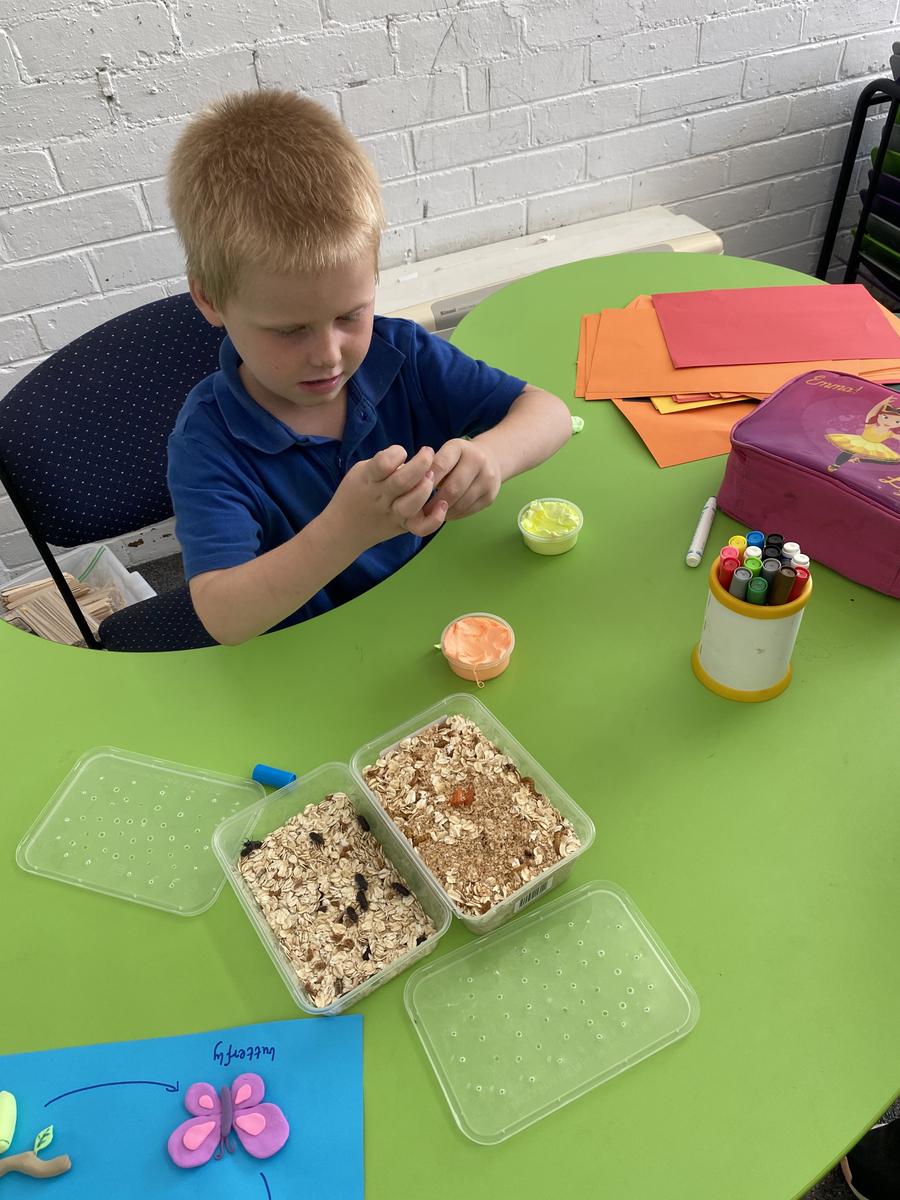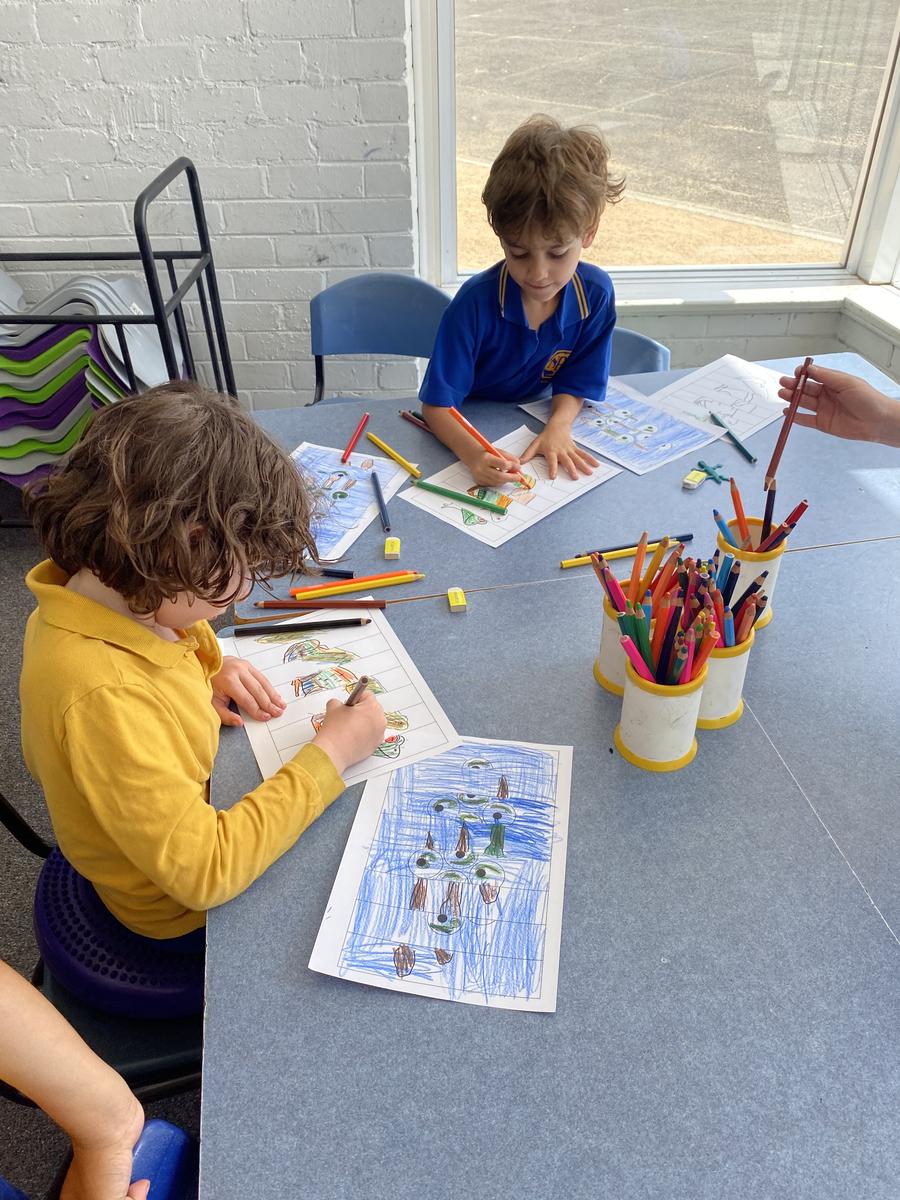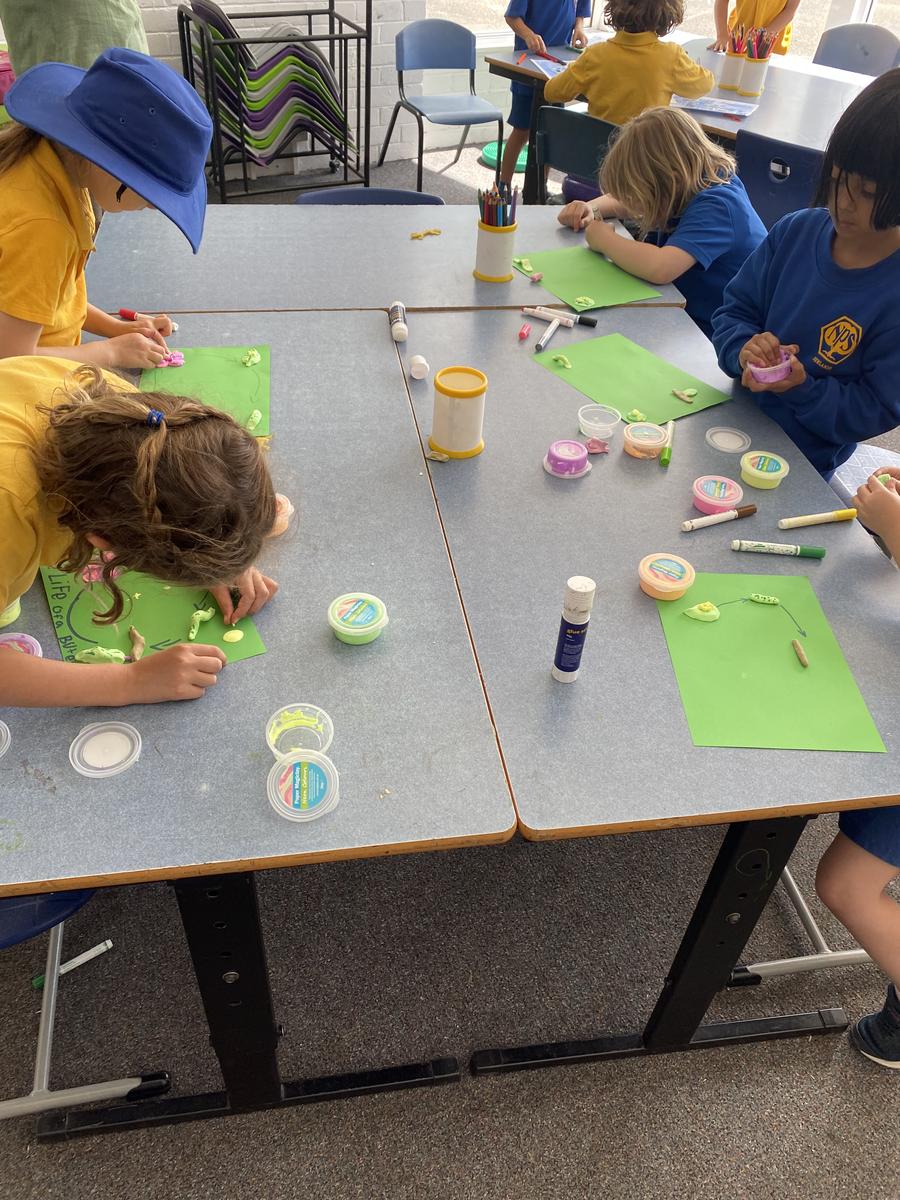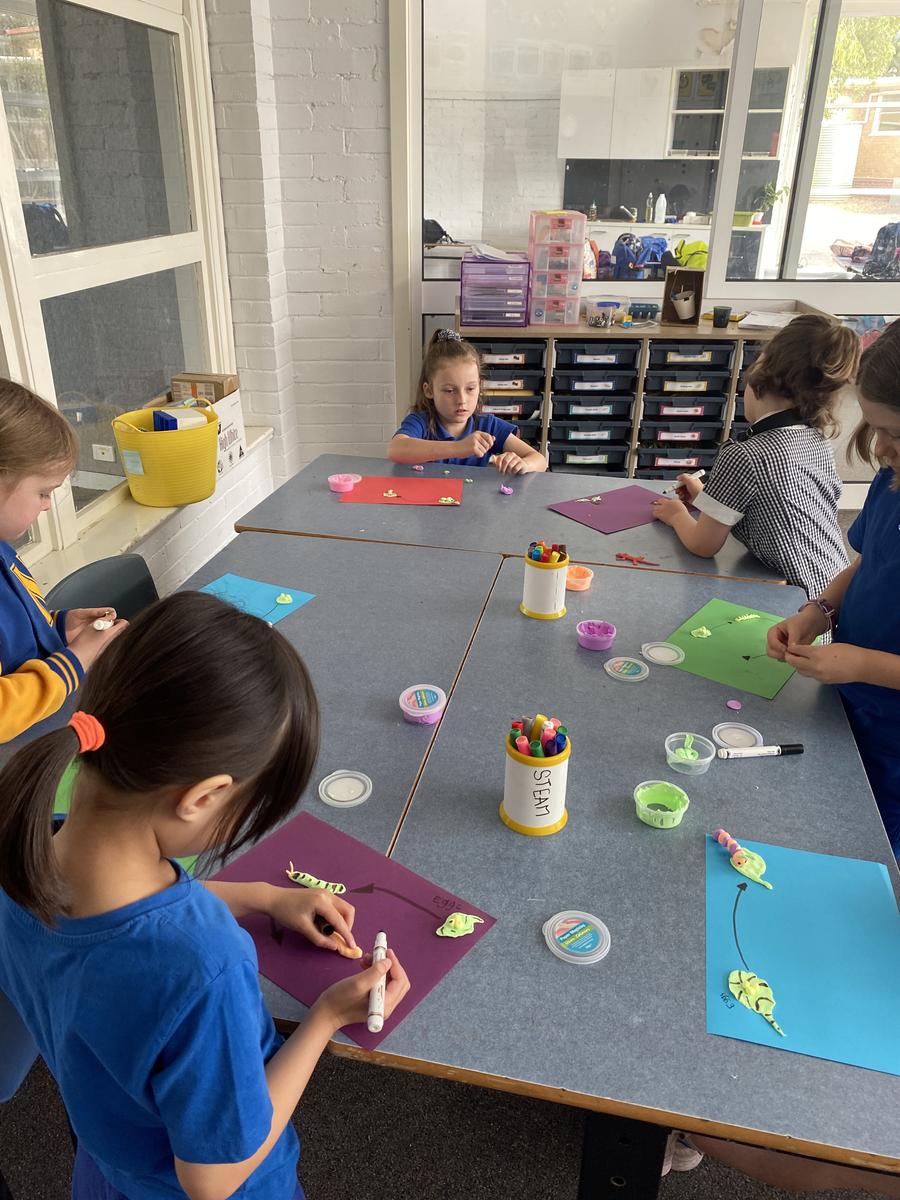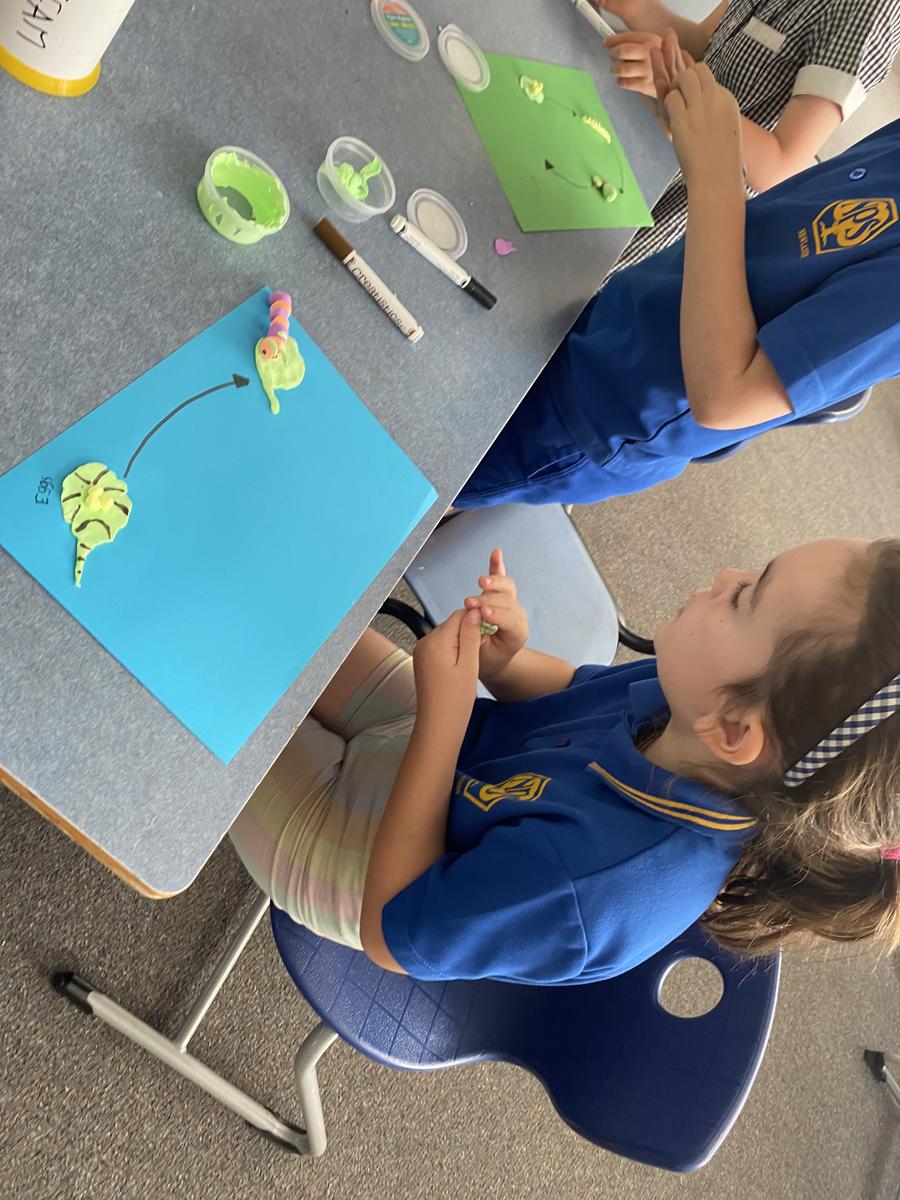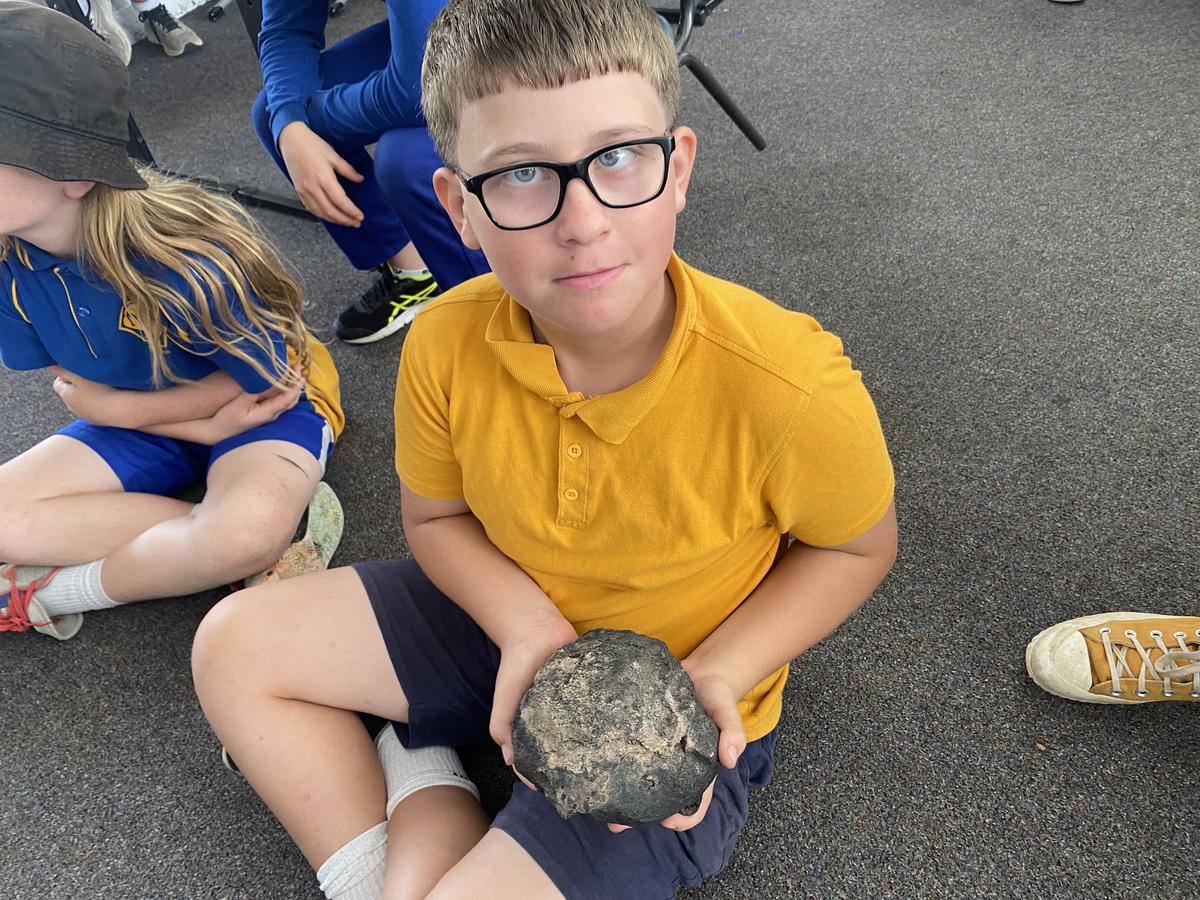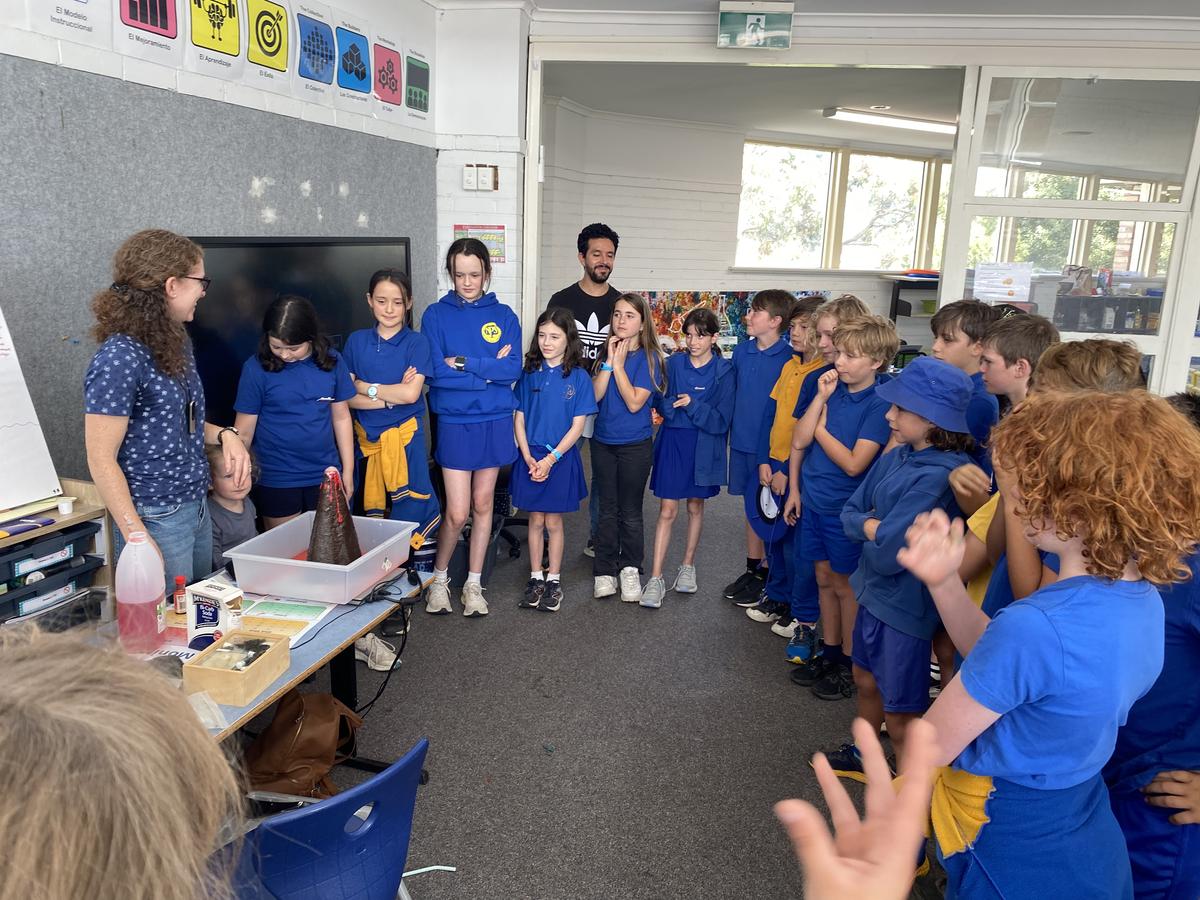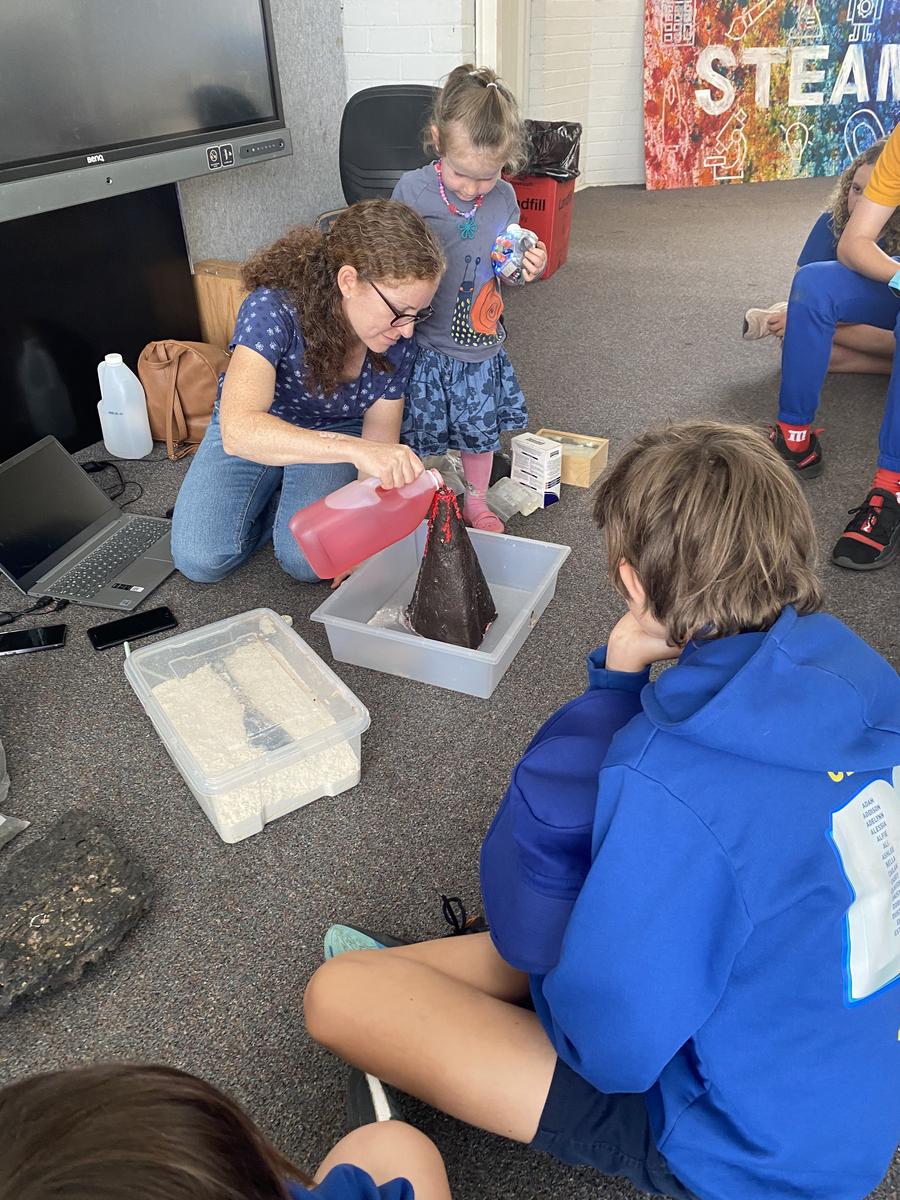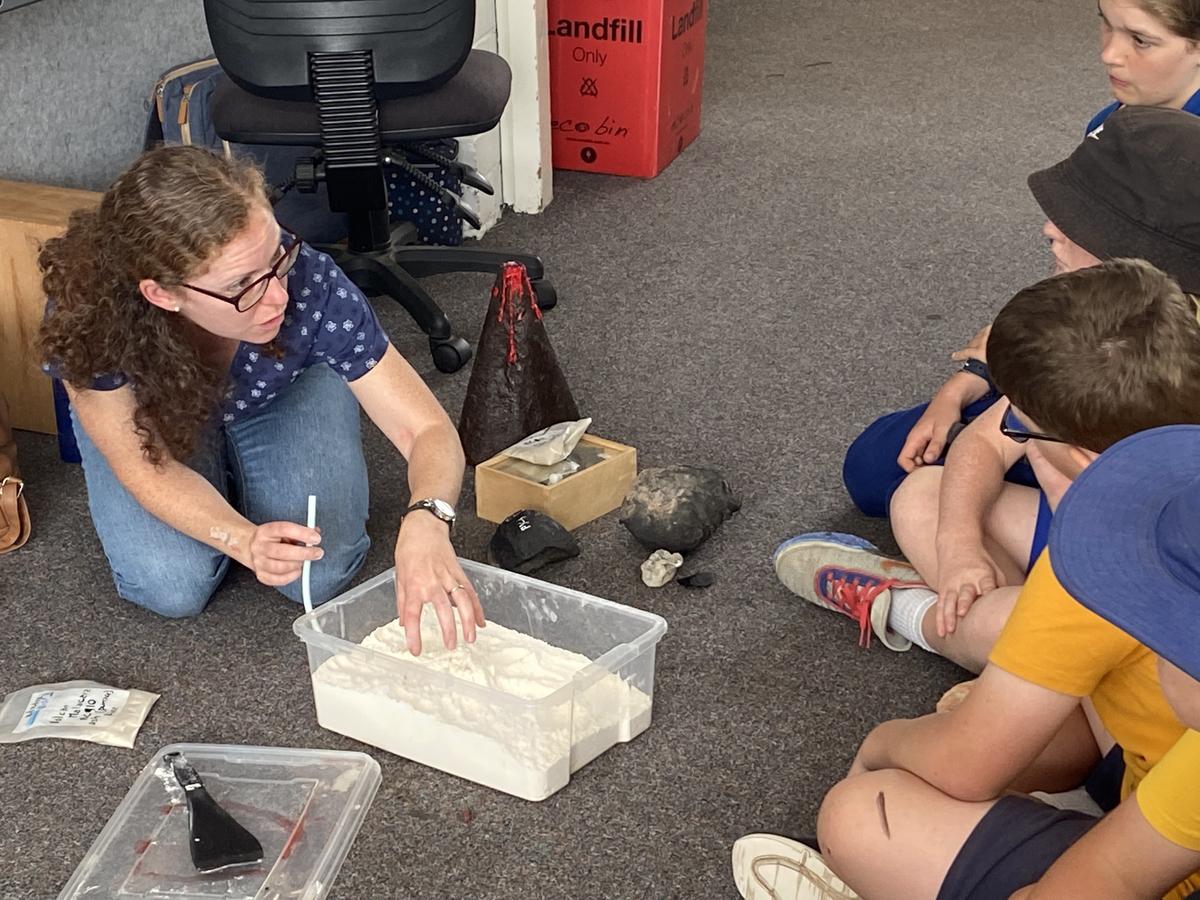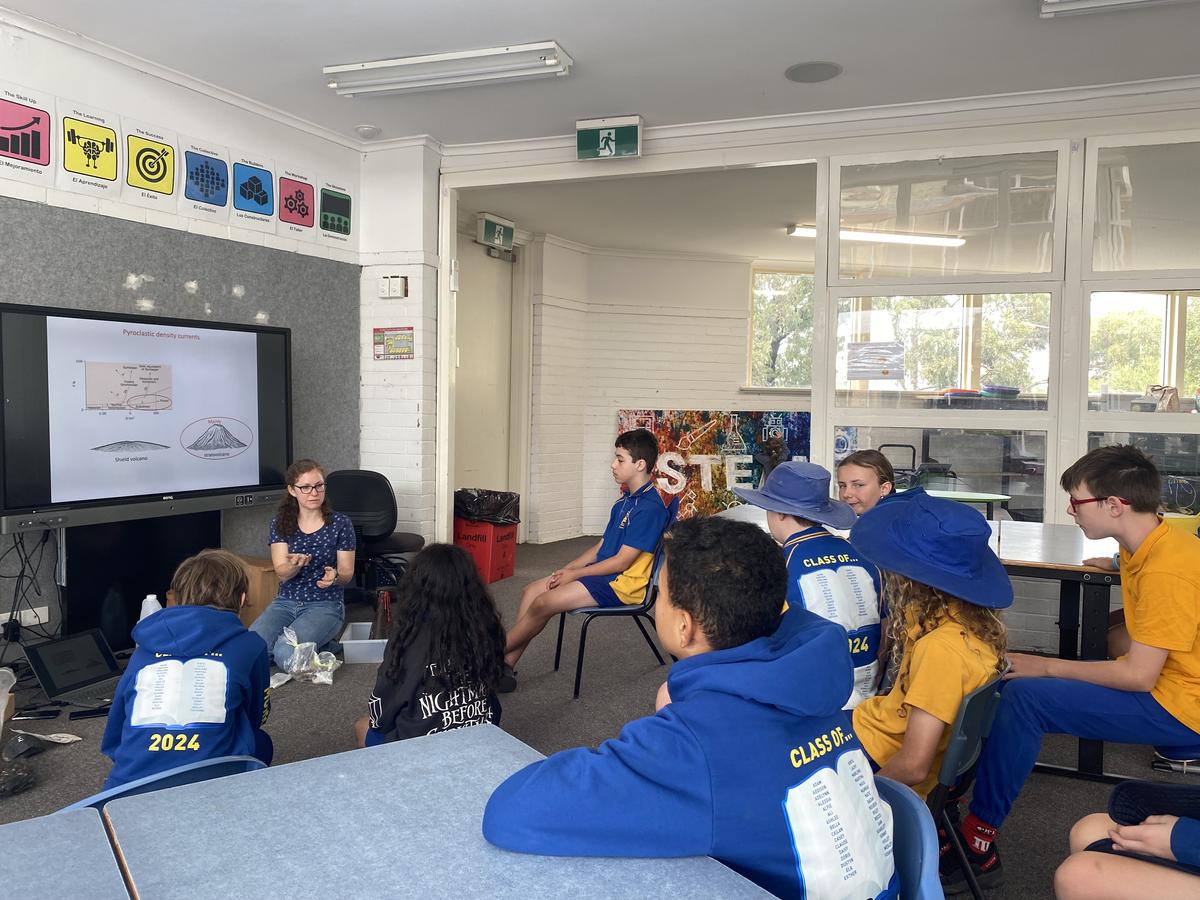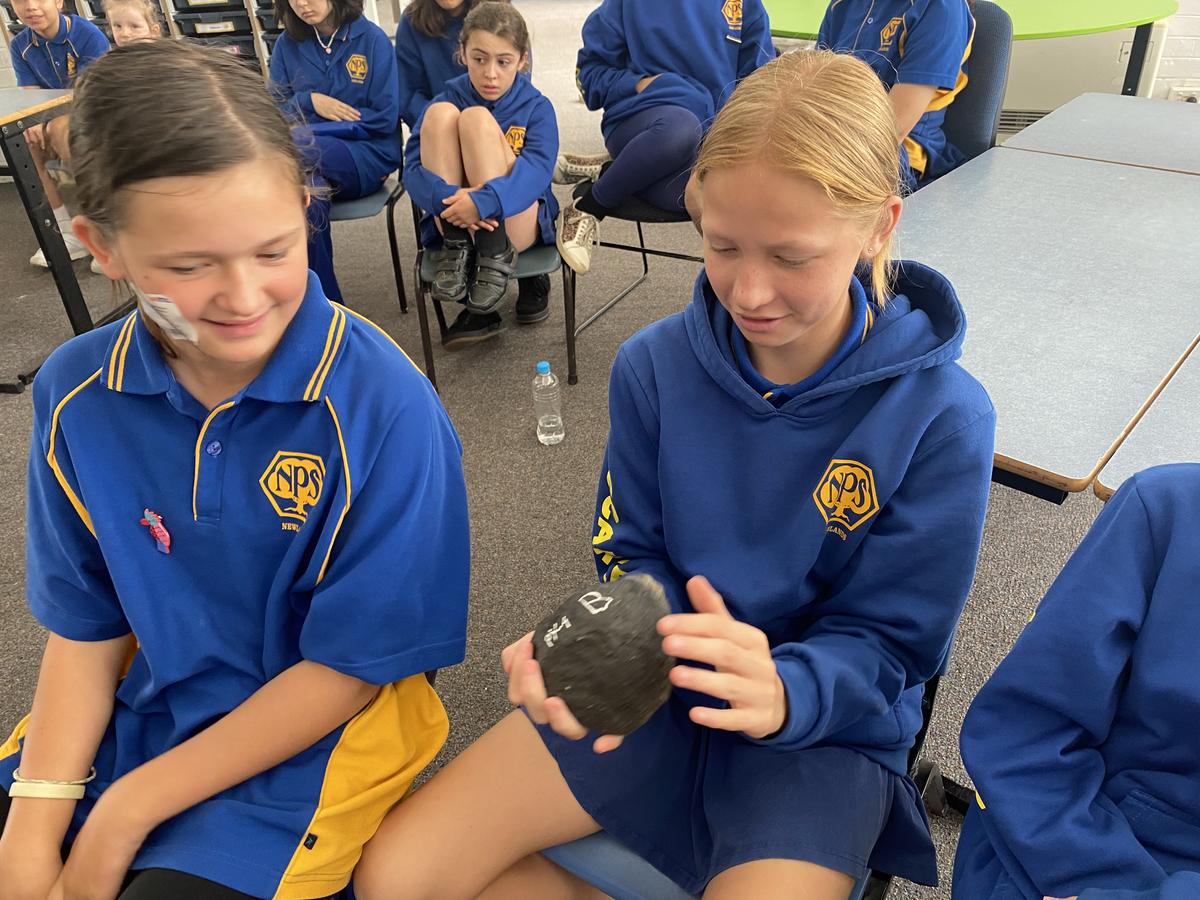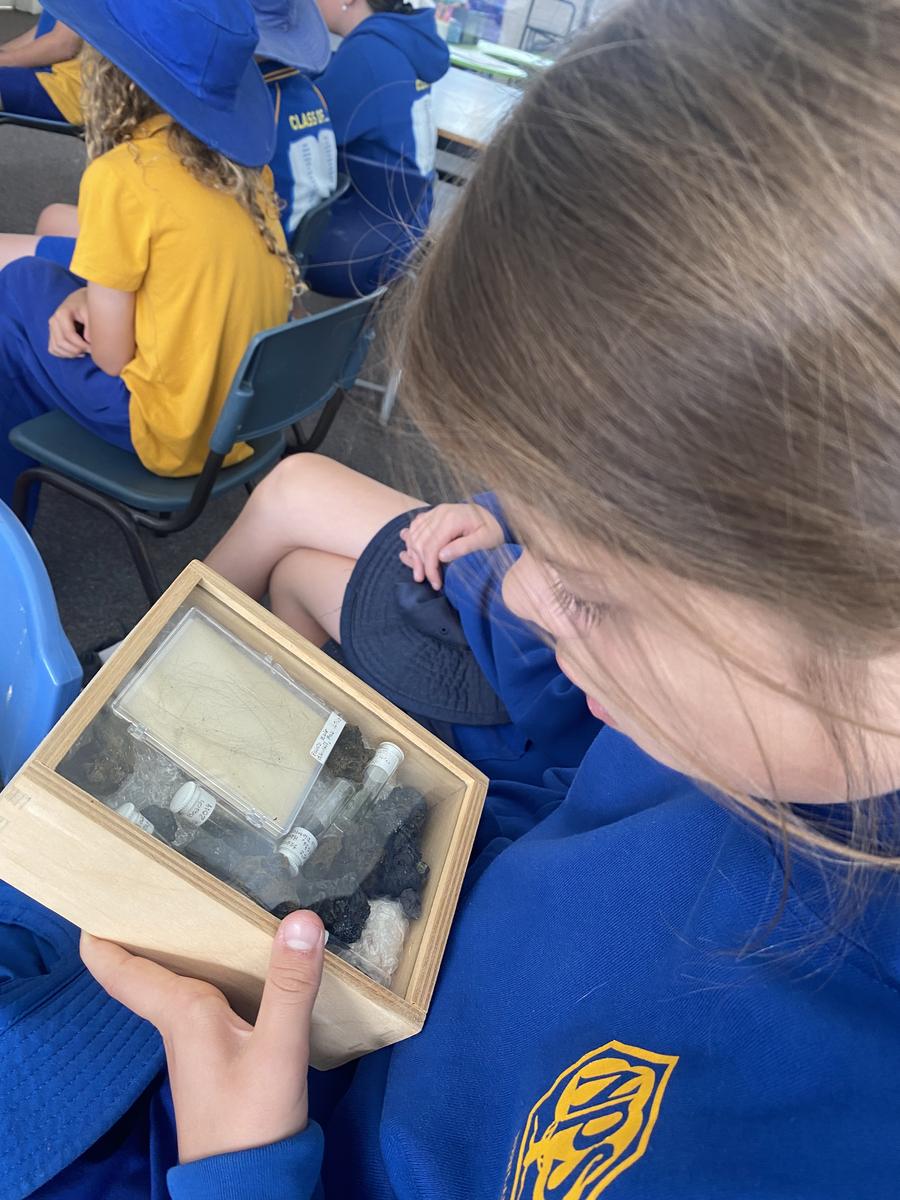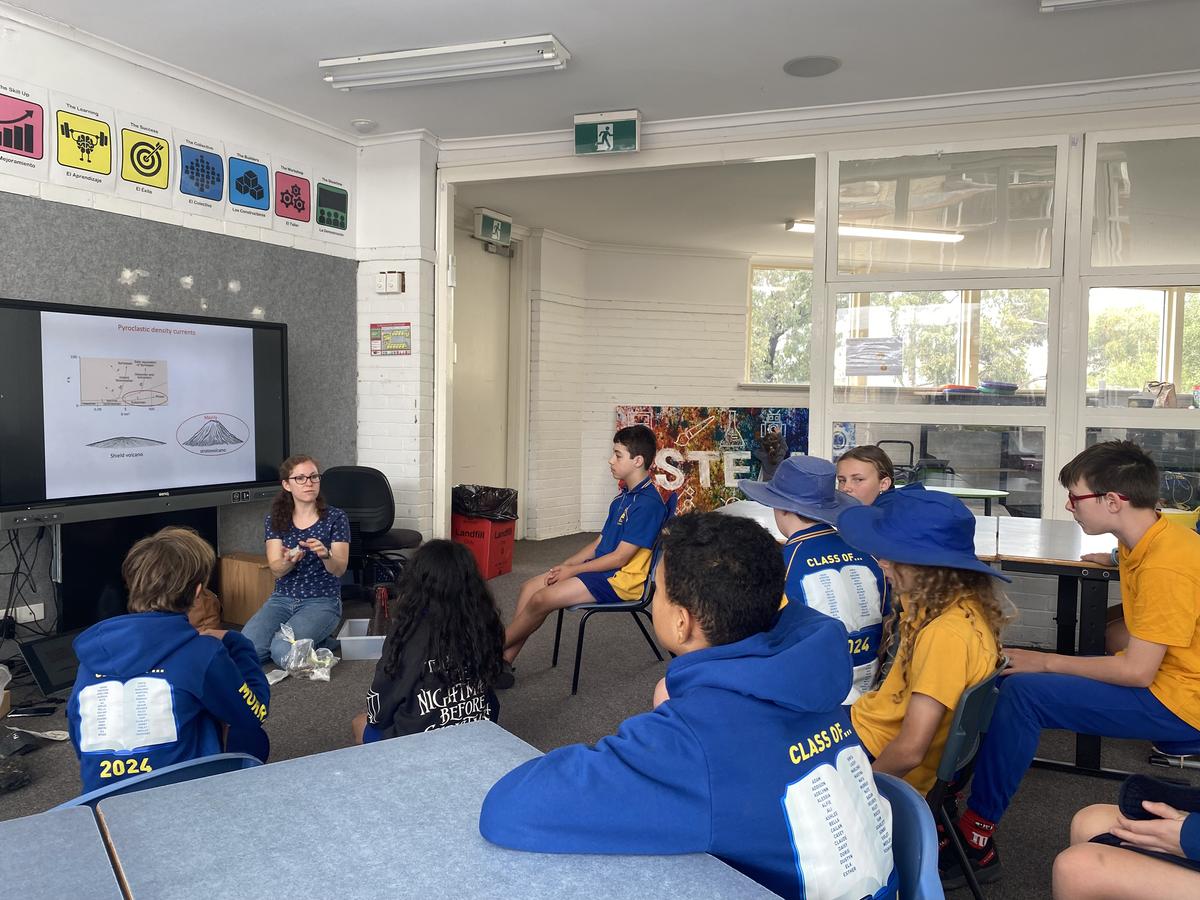STEAM

STEAM 2024
It has been a wonderful start to the year in a dedicated STEAM room! It is so great to have all STEAM resources in one place with easy access for students.
I would like to ask for the school communities help with resourcing the STEAM room. We construct in STEAM lessons and like to use recycled materials. If families ever have plastic containers or tin cans that you would like to donate, I will happily accept them (as long as they are clean). Please leave any donated materials in the foyer of the old office.
Foundation
It has been fantastic getting to know our new foundation students and introducing them to the world of STEAM! Students learned that STEAM stands for Science, Technology, Engineering, Art and Maths and got a taste of each through activities such as building with magnetic blocks, controlling robots, construction and making domino art.
Students learned that science is about understanding our world and how we take in information using our 5 senses. They used feely boxes, identified musical instruments, used scents in smelling jars and experienced all different flavours in our taste testing activity.
Students have delved deeper into the sense of sight and how light helps us to see. The looked in peek boxes and noticed they see better in the light rather than the dark. They have looked at reflections and used mirrors to bounce light off. We then used this knowledge to make shadow puppets.
Students will use all of these senses throughout their primary school time in many more science experiments. Next term, we will be exploring the technology and engineering aspects of STEAM in a digital and design technologies unit.
Year 1/2
This term we have focussed on biology. Students learned how living things grow and change over time and have offspring similar to themselves.
Students have been very engaged watching meal worms grow and change and have been fortunate enough observed all stages of their life cycle. Students compared the meal worm growth with their own. When they looked at themselves now and when they were babies, they noticed that we do change but not as much as the meal worms. Animals like frogs, butterflies and lady bugs go through big changes called metamorphosis.
From this, students have been given the choice to show their understanding of life cycles in an artistic way. We look forward to putting the modelling clay and agamograph life cycles up in the new STEAM room for the rest of the school to see our the 1/2 students learning.
Year 3/4
Students have been focussing on solids, liquids and gases. They have learned that each state of matter behaves differently and has different properties.
Students looked at different liquids and had to find the imposter. They came up with generalisations such as liquids flow in one fluid movement and they level out when they have been poured or poked. They discovered that flour did not fit into this category.
Students then discovered similar properties of solids such as the fact that they hold their shape and you cannot put your hand through them. Some students were challenged with the idea that solids are not always hard and proved that solids can be soft and squishy.
They then tested the question, does gas take up space? They discovered it does. This was proven when a tissue was placed in the bottom of a cup and placed upside down in water. When the tissue came out dry, students explained that the pocket of air stopped the water from touching the tissue. We then had fun exploding a snowman using this concept of gas taking up space. See the video below if you'd like to have this explosive fun at home:
Year 5/6
We started the year off by asking the question "Do earthquakes and volcanoes destruct or create?" After some initial immersive research, students came up with a long list of wonderings about the two natural events. These included questions like what are tectonic plates? How are volcanoes made? And how do earthquakes cause Tsunamis?
Students used icing and biscuits to represent the tectonic plates floating on magma. Looking at divergent, convergent and transform plate boundaries, they discovered how earthquakes and volcanoes happen. They also used models to explore the different viscosities of liquids and made links to the viscosities of larva in different shaped volcanoes.
We are very lucky to have Veni May, a parent within our school community who is also a volcanologist. Veni came into to speak with the 5/6 students to discuss the various risks and hazards associated with volcanoes. Students thoroughly enjoyed listening to her expert knowledge and getting a close up look at some volcanic artifacts. We would like to thank Veni for her time and effort she put into this engaging presentation.
We will continue looking at natural disasters next term through a design and engineering lens.

